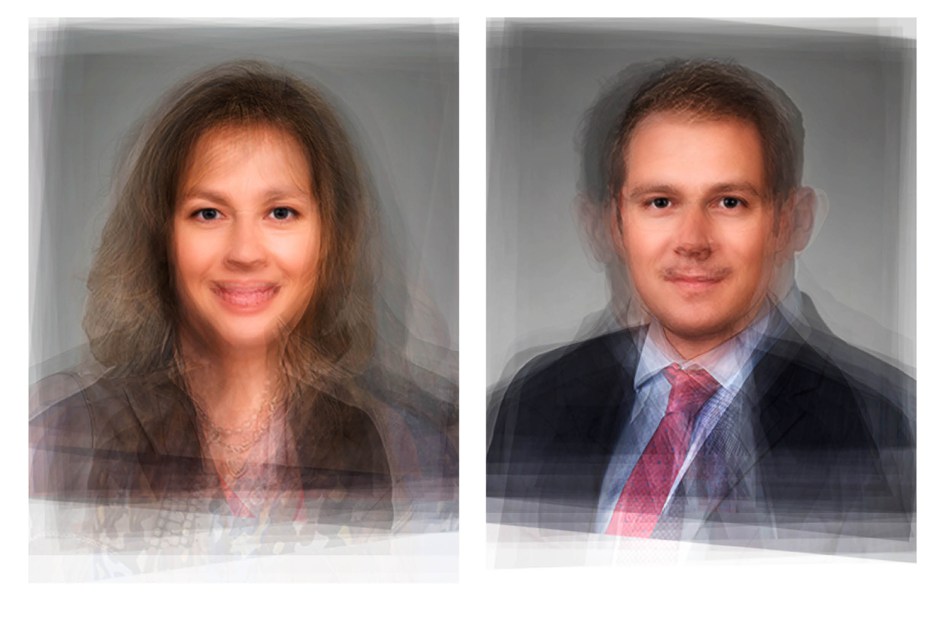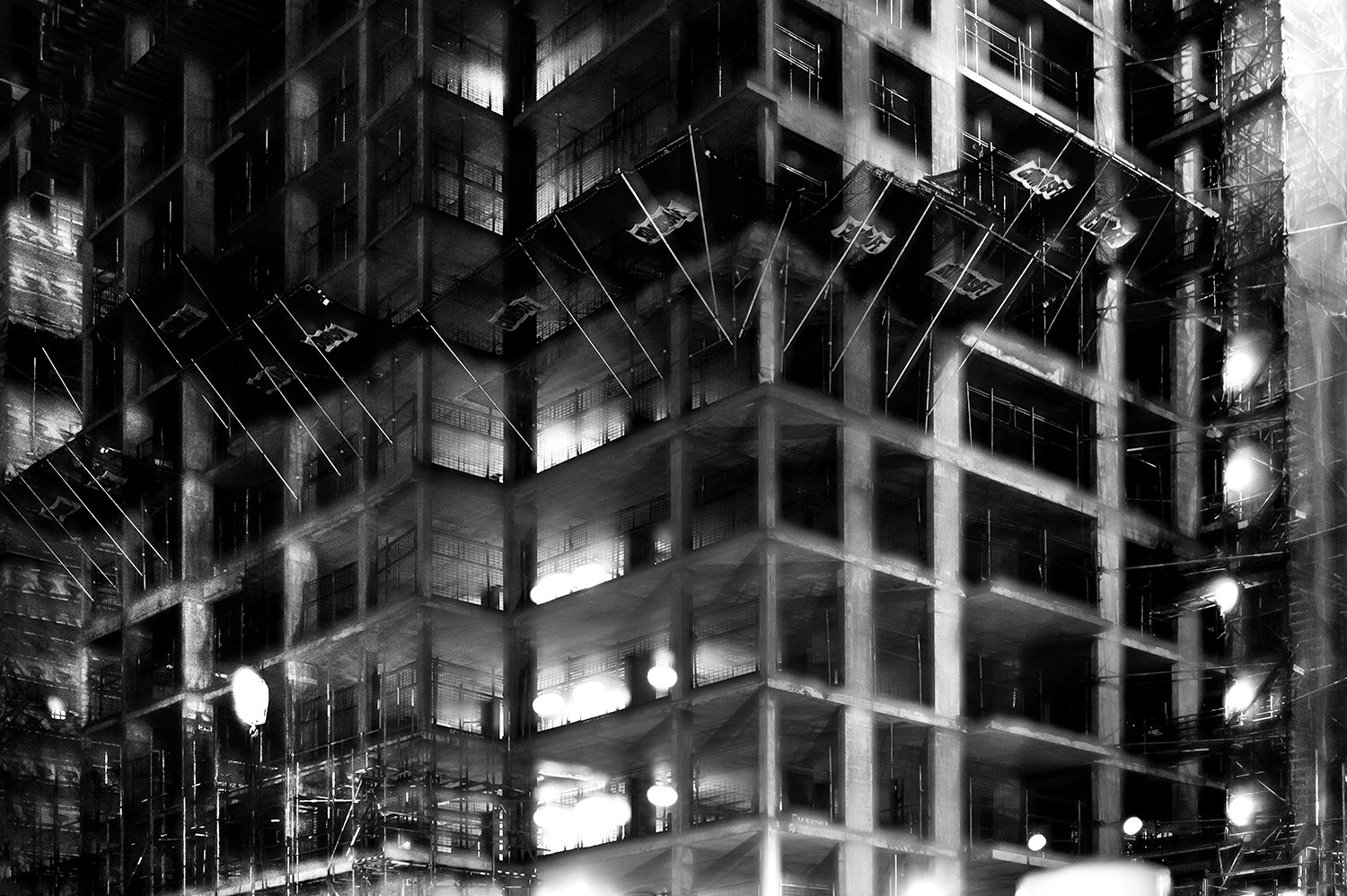PAOLA PAREDES MELANCHOLIA OF VIRGINS
This image is from Paola Paredes body of work ‘Melancholia of Virgins’, a selection of experimental pieces raising awareness of the humiliation of misdiagnosed women in Salpêtrière Hospital Paris for ‘Hysteria’ during the 19th century – a time when medicine subjected women to abhorrent treatment. The term ‘Hysteria’ is now recognized as a diagnosis stemming from pseudo-science, intrinsically linked to misogyny and man’s dominance. These ‘Hysteric’ women were put on display for audiences consisting of medical contemporaries, students and members of the public. One front-runner in Hysteria science was Jean-Martin Charcot he was charged with Hysteria treatment at the Salpêtrière Hospital in Paris, where he would use his camera as a tool for recording patient’s attack symptoms for later analysis. These pictures were then published and used as ‘evidence’. Paola Paredes then took these images and redeveloped them with the use of modern technology, stitching and handmade collages to produce animations and to magnify the humility and penalization that the institution forced on these women.
Conventionally speaking, the quality of the picture is poor due to the age of the photograph, with no depth in contrast, or wide spectrum of shades and

the noise that the camera has picked up in the darker tones of the image. However if you look at the image conceptually the poor quality of the image carries connotations of poor quality of life, respect and empathy for these women, which gives more depth to the context of the image. The rework of the image encourages viewers to to look at the image in a different way and interpret feelings and emotions throughout the whole of the frame, as the subjects face is completely covered making it impossible to read her emotions, so therefore applying an interpreted context to the image. The rework and manipulation of the image grasps the viewers attention on the feeling of being watched and recorded, being subjected to humiliation and being stripped of dignity.
This image is one of her still images which contrasts the effect of one of Paredes’ moving images where there is a sense of input of intensified emotion. However each of her still images convey the feeling of a forced or submissive silence. The use of the string covering the face and hiding the identity of this woman reinforces the idea of that these women were dehumanized, silenced and belittled. This simple technique unveils more about the context of this picture than if it was left untouched or the subject’s face was left on show. However, my interpretation of the reason why Paredes decided to cover her face is the possible referencing of the automatic invalidation of their opinions and dismissal of their freedom of choice and speech because of a ‘higher’ or ‘stronger’ force – in this pictures case the flash of the camera is the force acting against these imprisoned women, which could be interpreted as the misogynistic men that took advantage of them.
Photo Shoot – I want to experiment with Paola Paredes experimental approach to redevelop old images and give them new meanings and context to provide a thought provoking piece that encourages an audience to interpret an image with my political message. I want to take the idea from Paola Paredes of reworking, experimenting and manipulating existing images, carrying on the theme of my political landscape topic; the agriculture industry and its effect on climate change, being responisble for destruction of land and the mass usage of limited resources that don’t have enough value to raise concern like water and again, land.

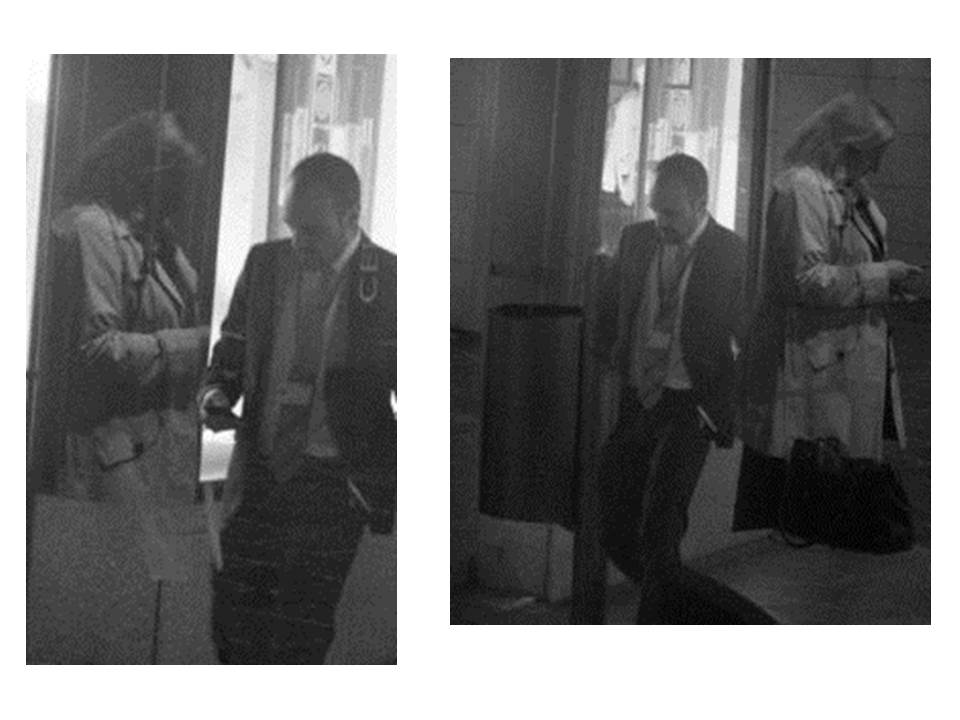

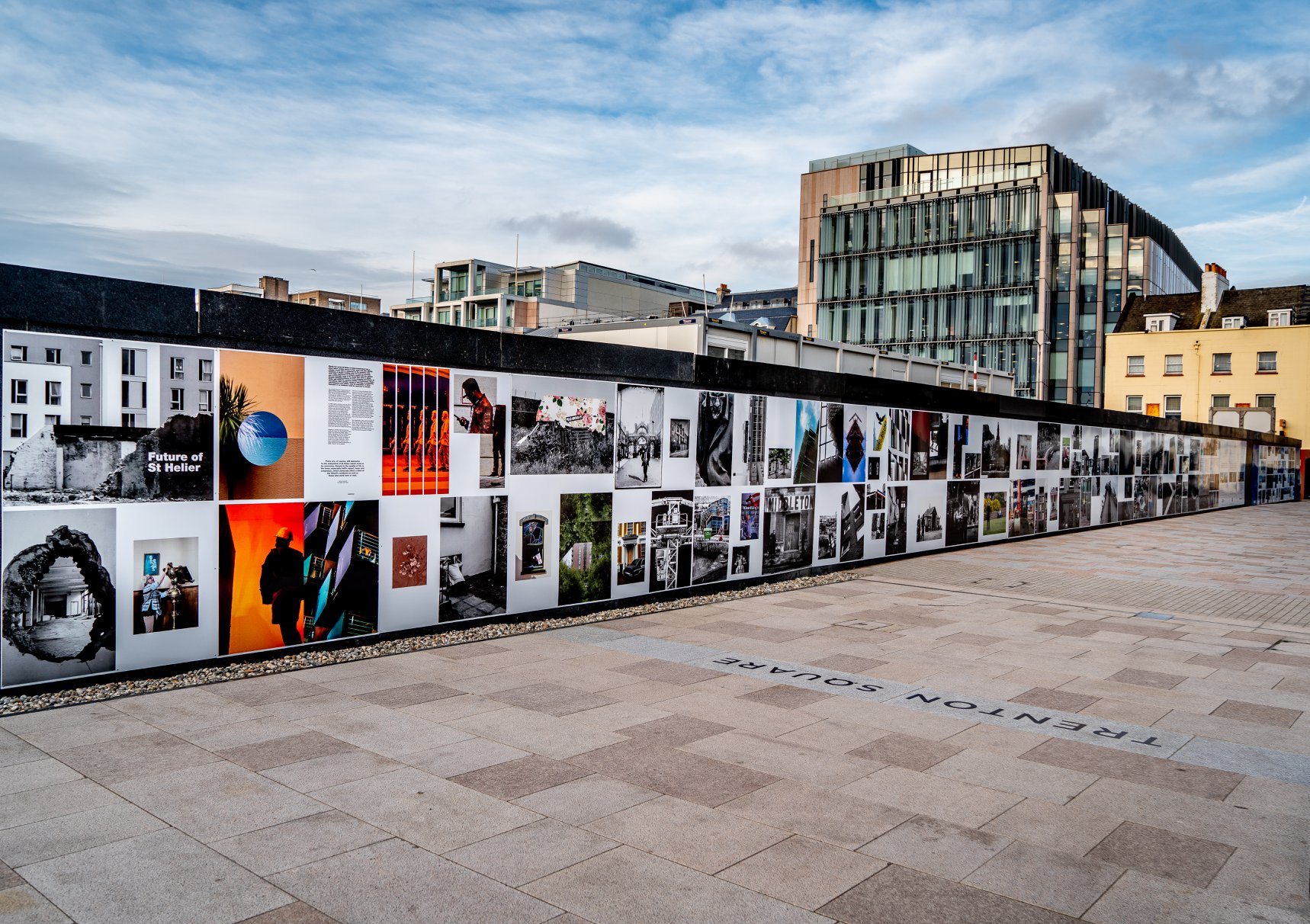







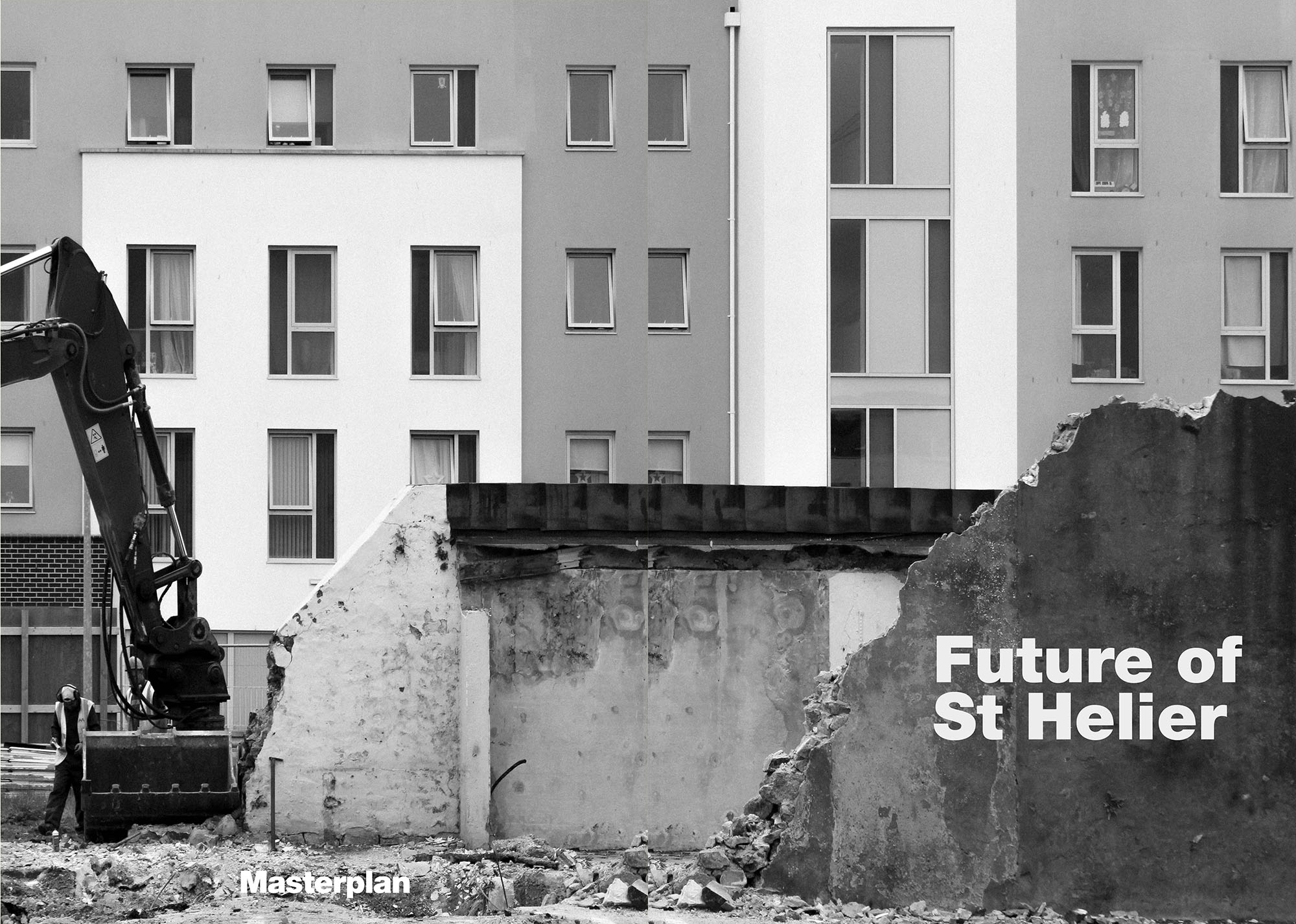








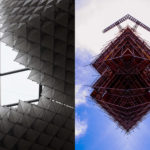





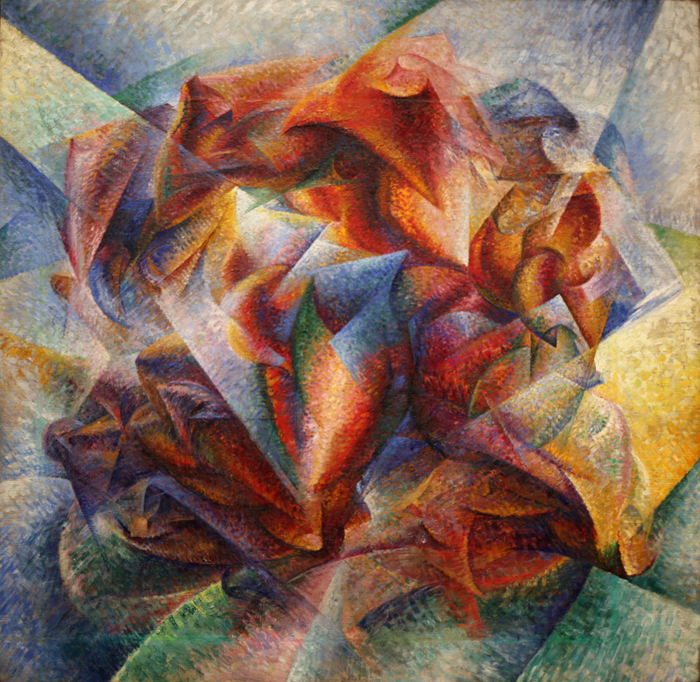

 In this shoot I will be responding to the rule of technicality and taking inspiration from the works of Henrik Malmstrom – particularly his work on ‘
In this shoot I will be responding to the rule of technicality and taking inspiration from the works of Henrik Malmstrom – particularly his work on ‘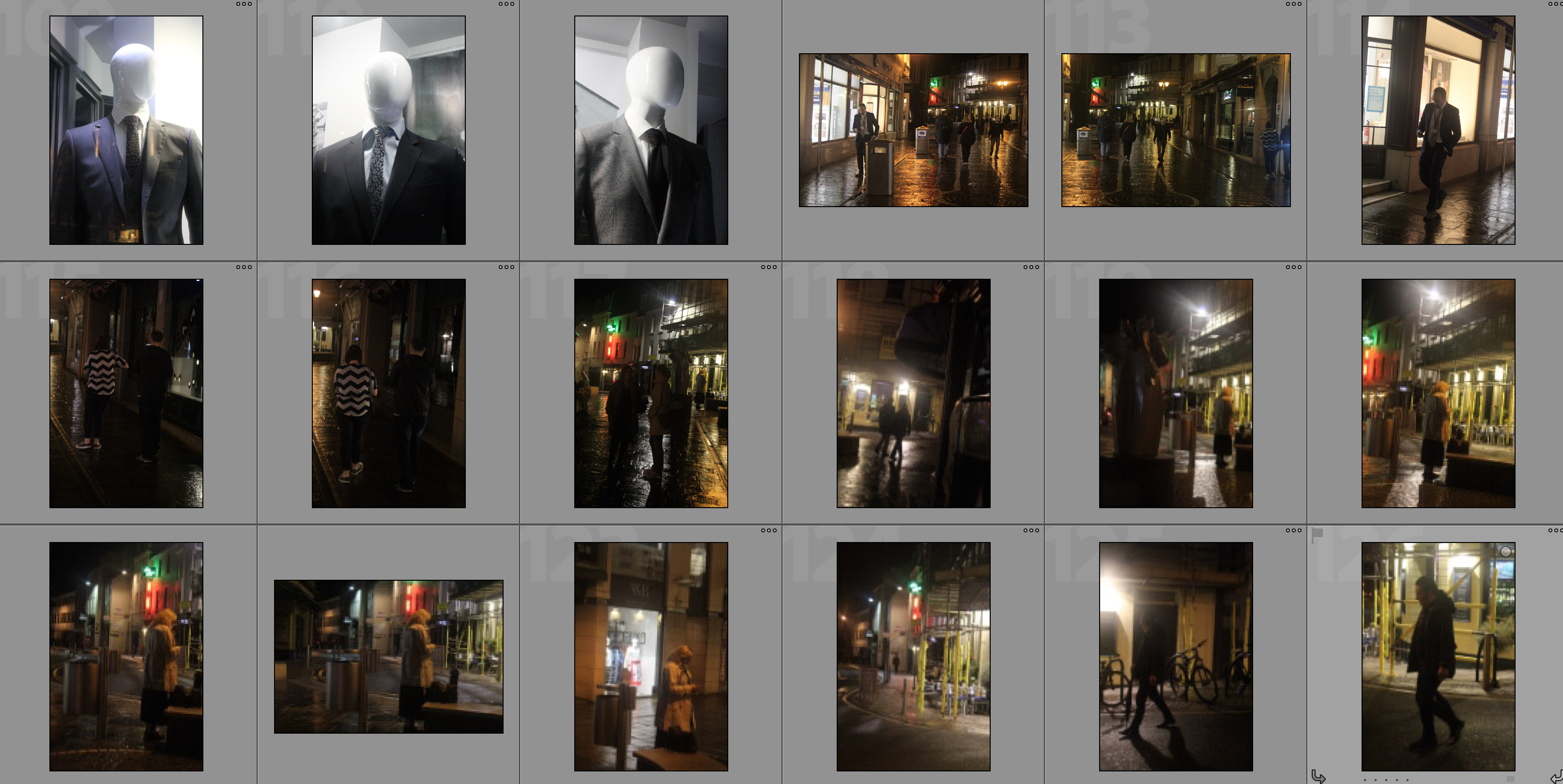
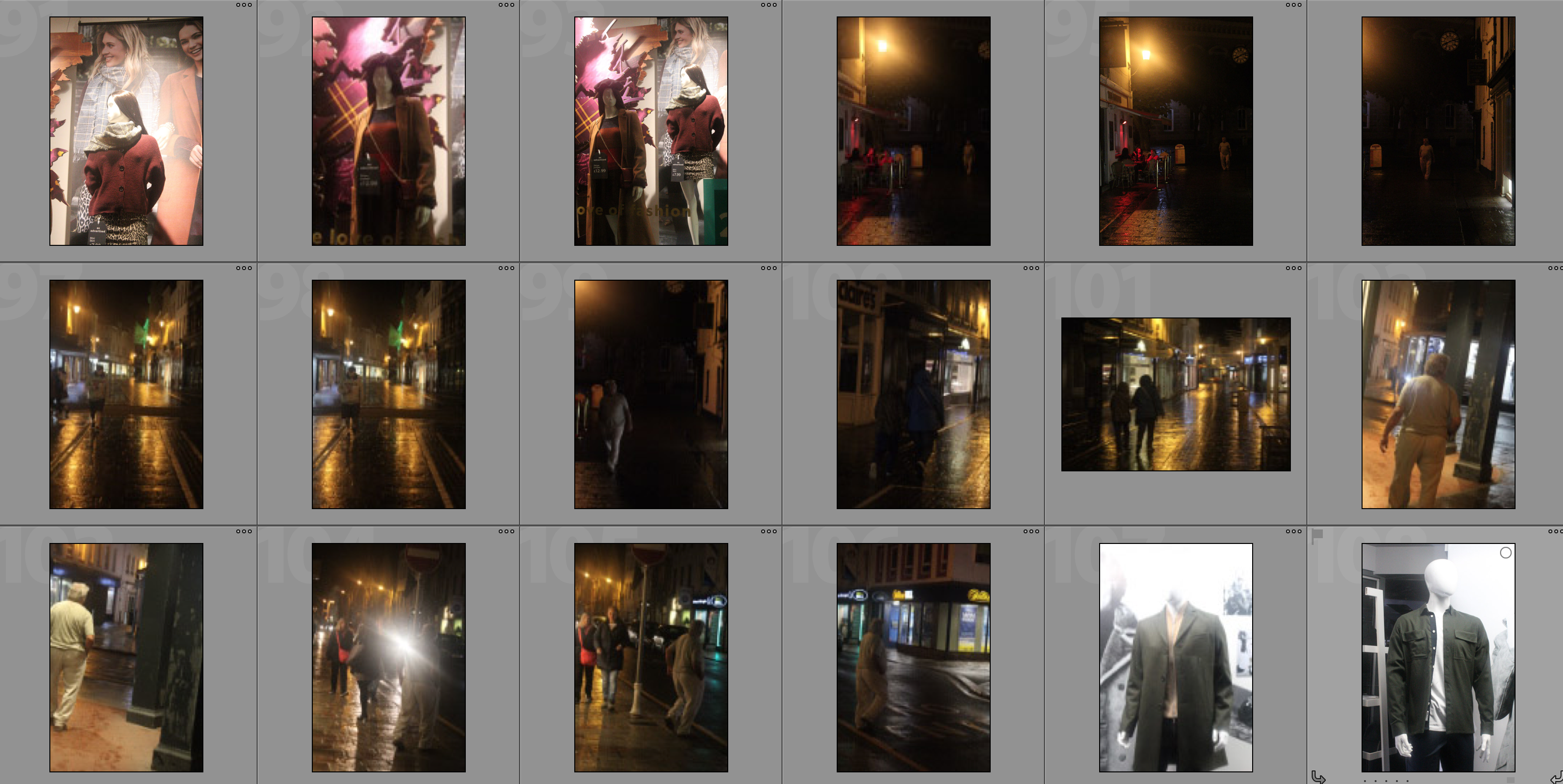
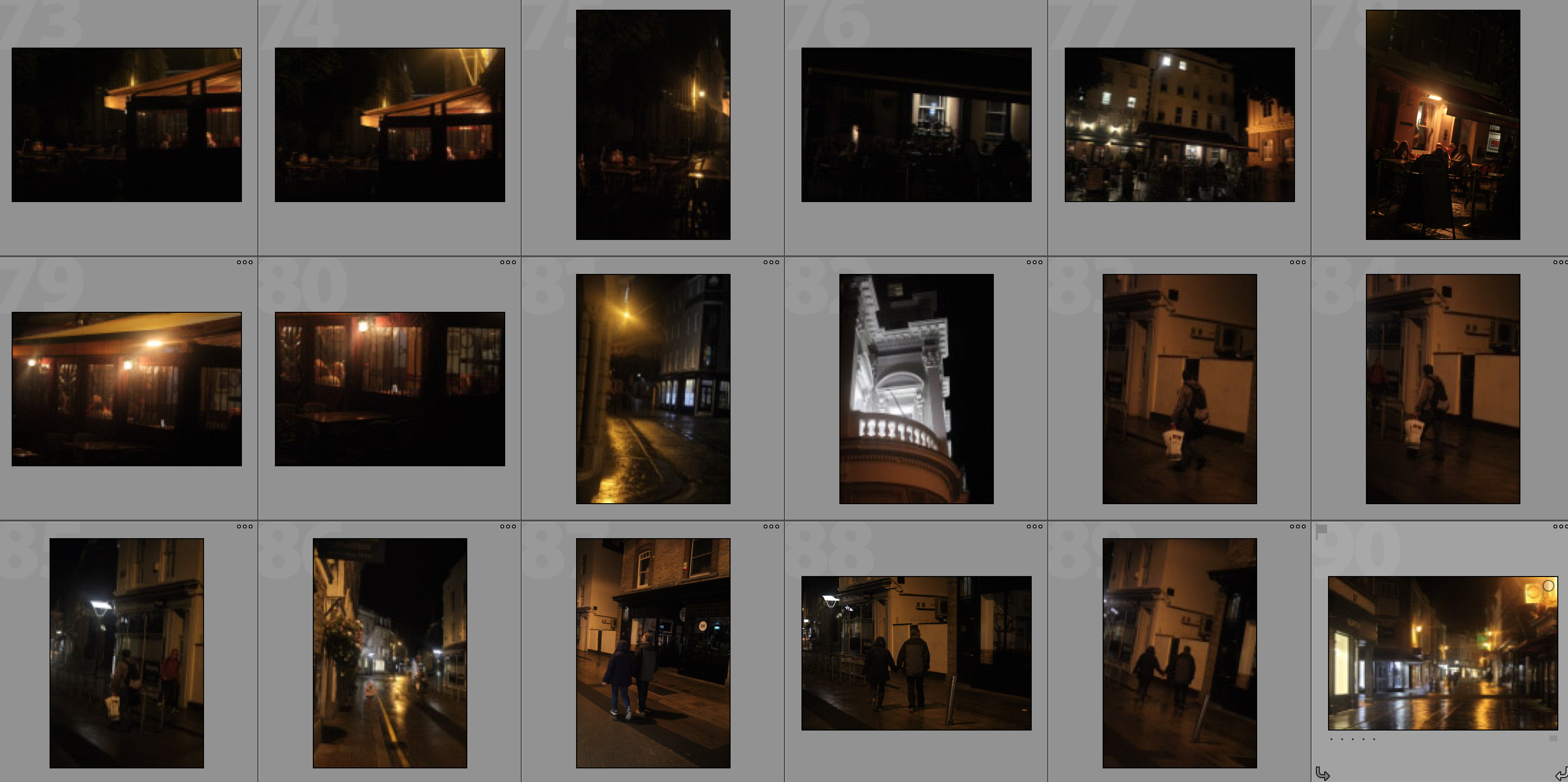


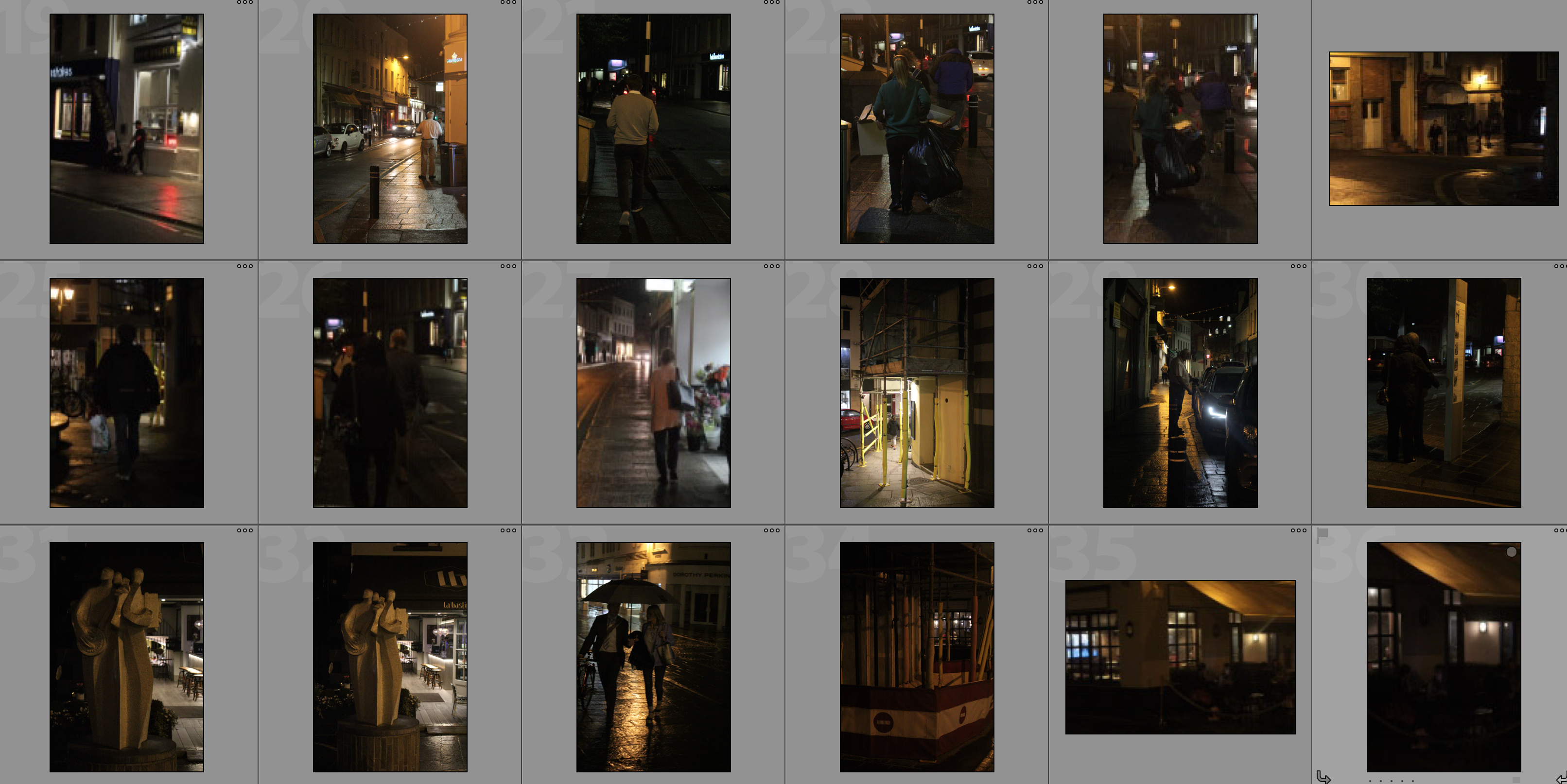
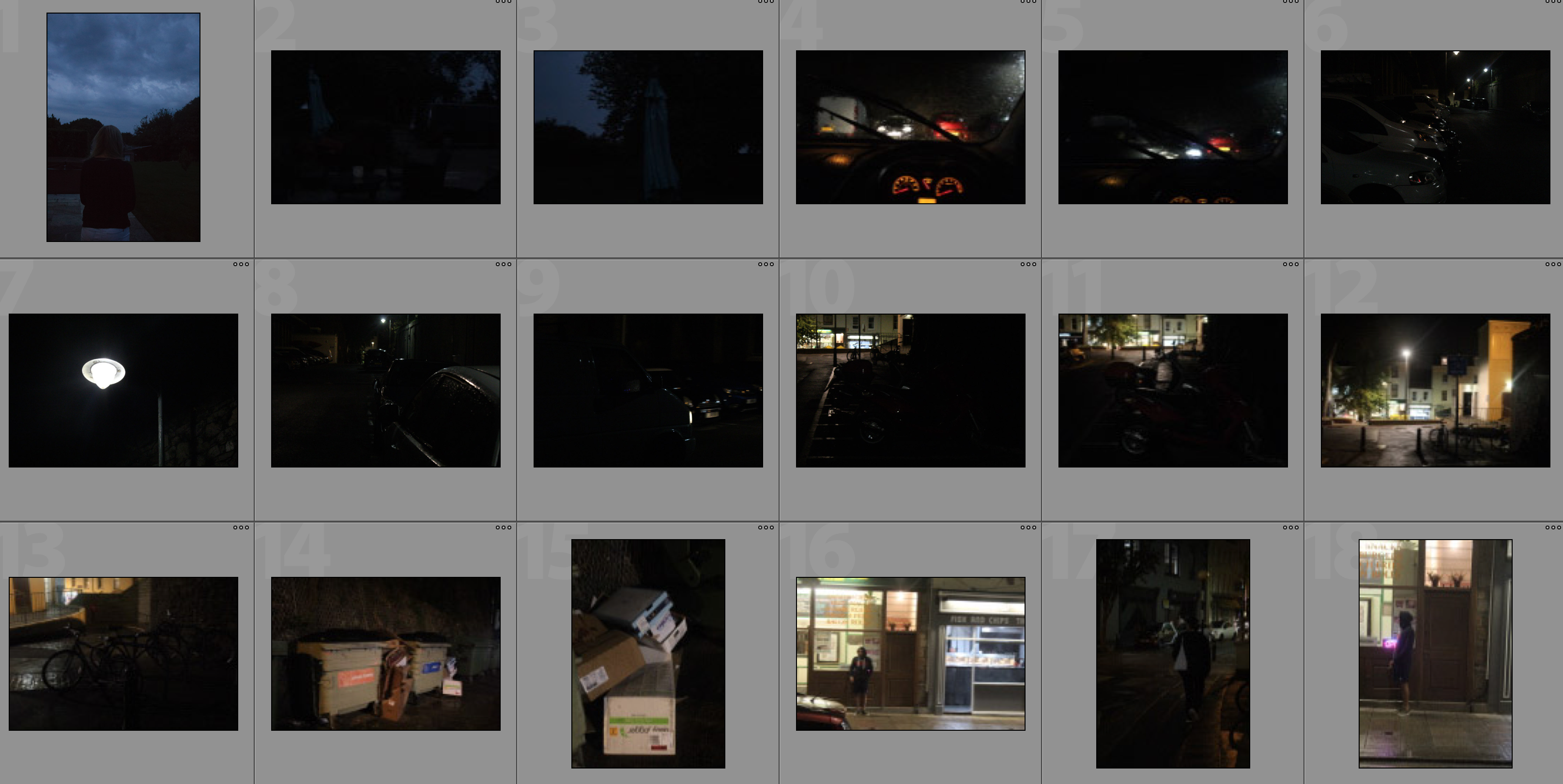
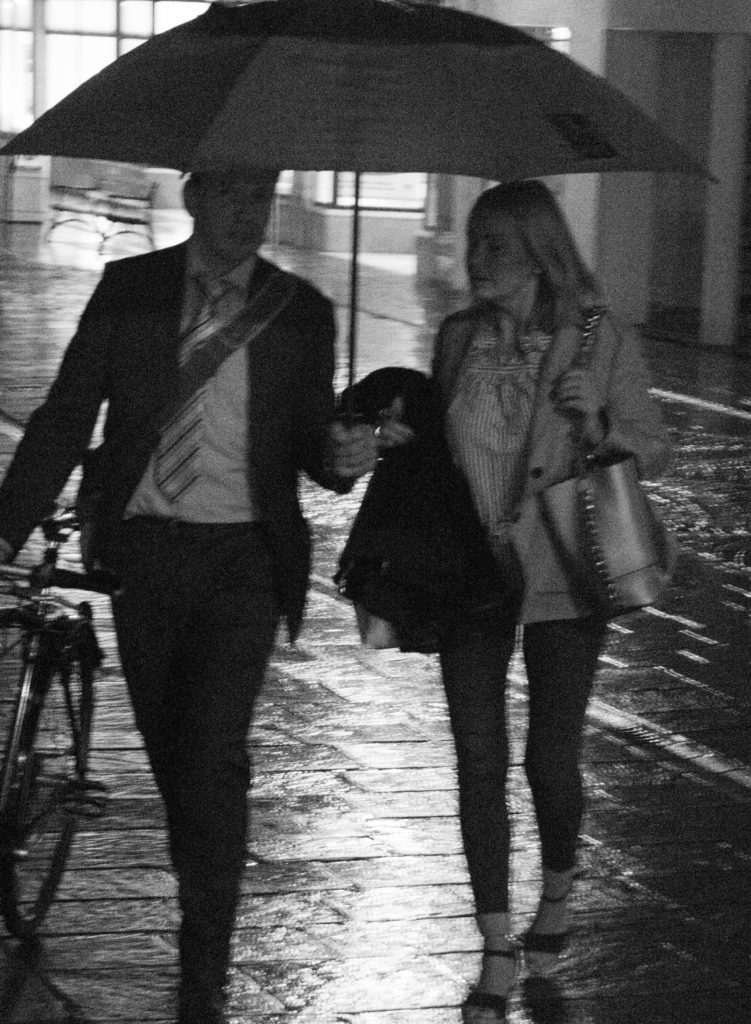
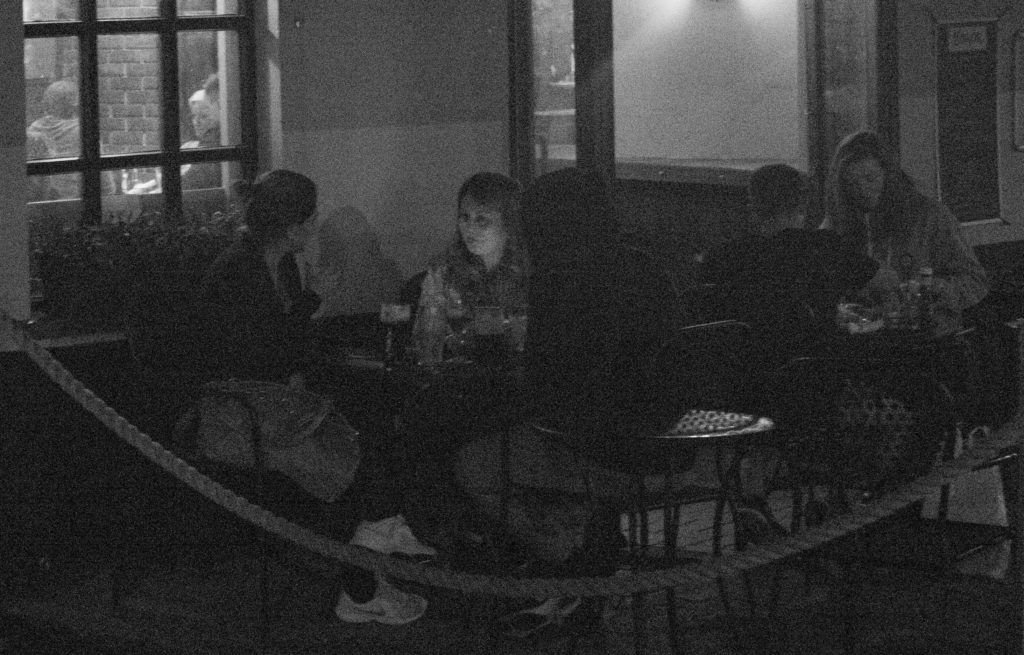
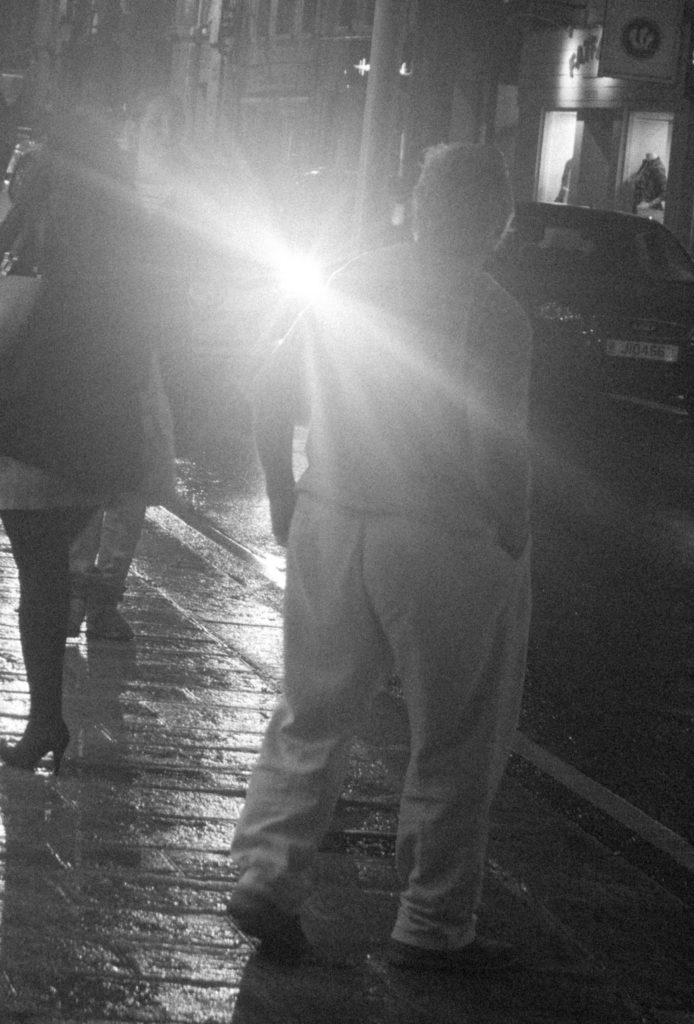


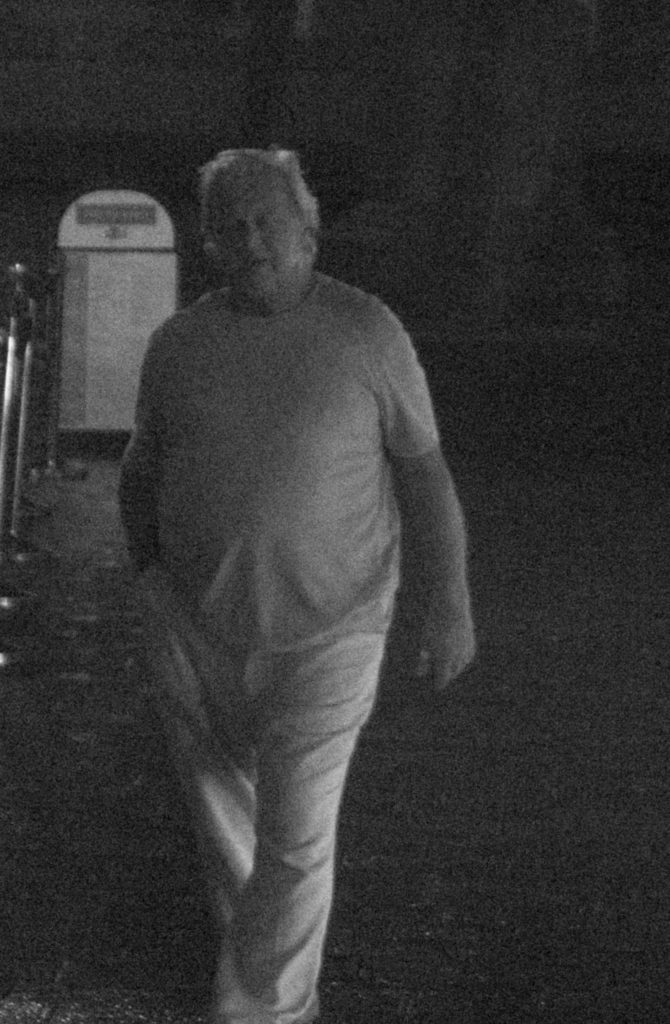
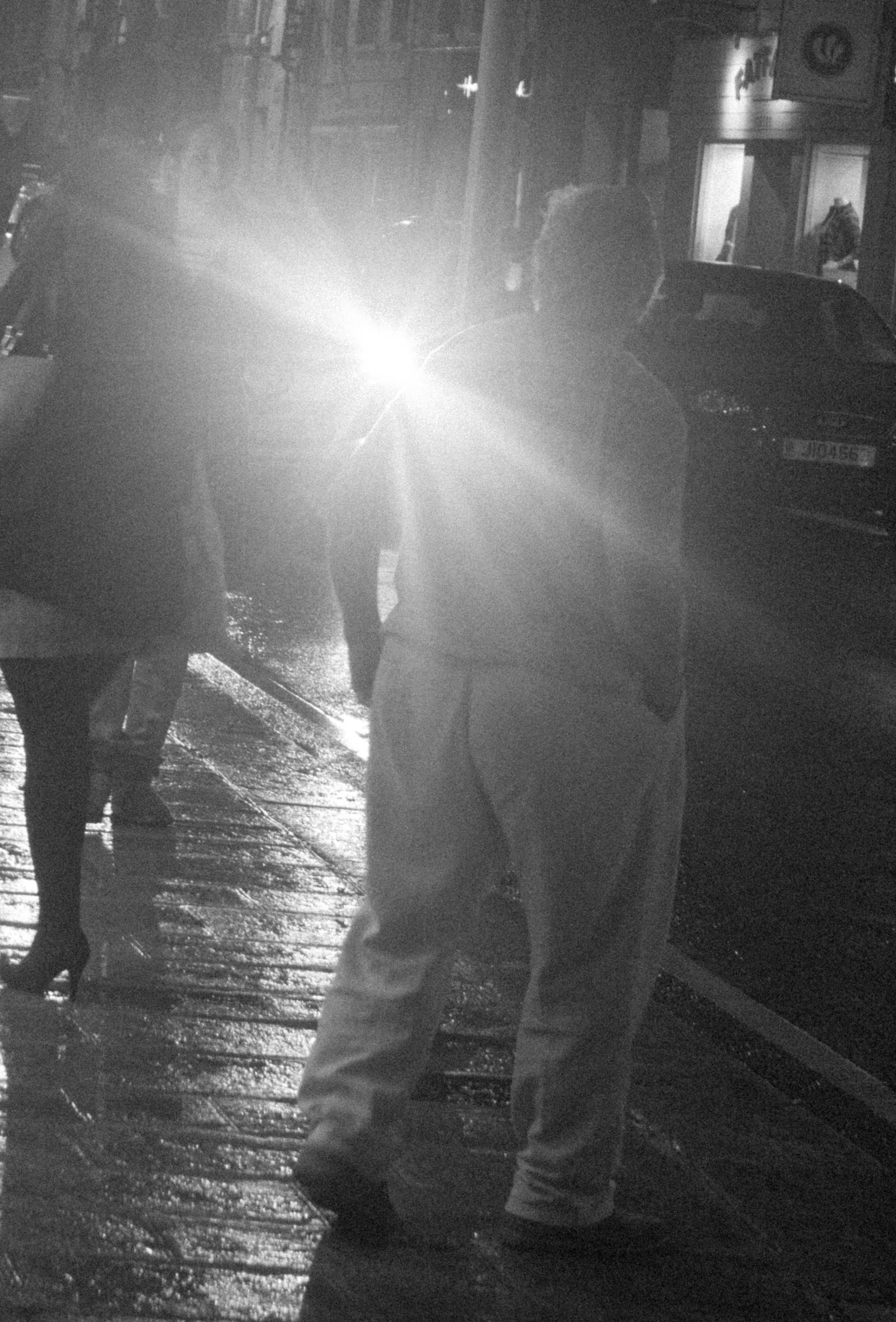
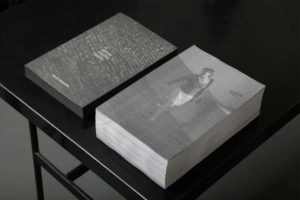 Henrik Malmstrom is a Finnish photographer currently living and working in Buenos Aires, Argentina. Malmstrom self-published his first book in 2010, titled ‘
Henrik Malmstrom is a Finnish photographer currently living and working in Buenos Aires, Argentina. Malmstrom self-published his first book in 2010, titled ‘
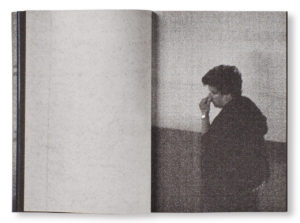

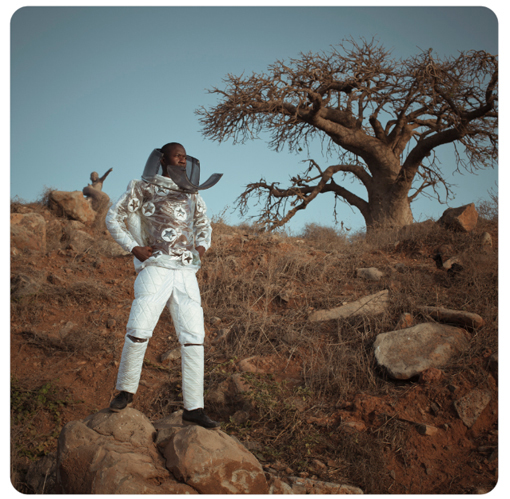

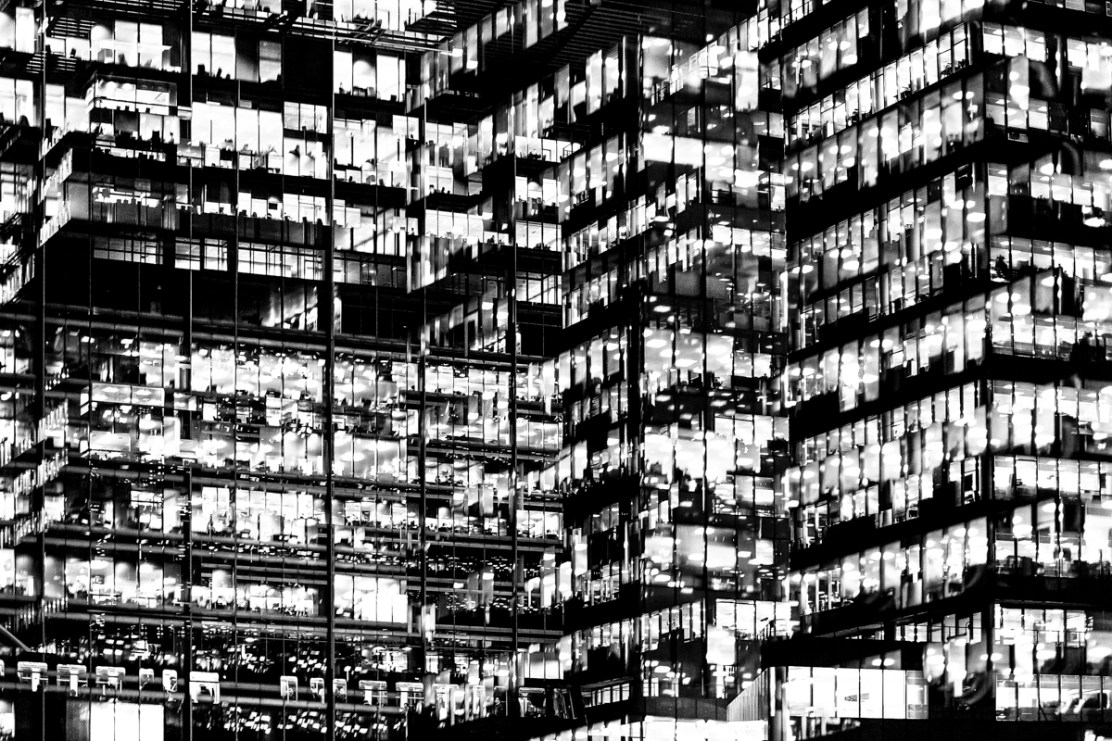 In my response to Lewis Bush I am going to be photographing the financial sector within St. Helier in both day and night and then creating a double exposure effect with these photographs in photoshop. The inspiration for photographing the financial sector comes from Bush’s ‘
In my response to Lewis Bush I am going to be photographing the financial sector within St. Helier in both day and night and then creating a double exposure effect with these photographs in photoshop. The inspiration for photographing the financial sector comes from Bush’s ‘
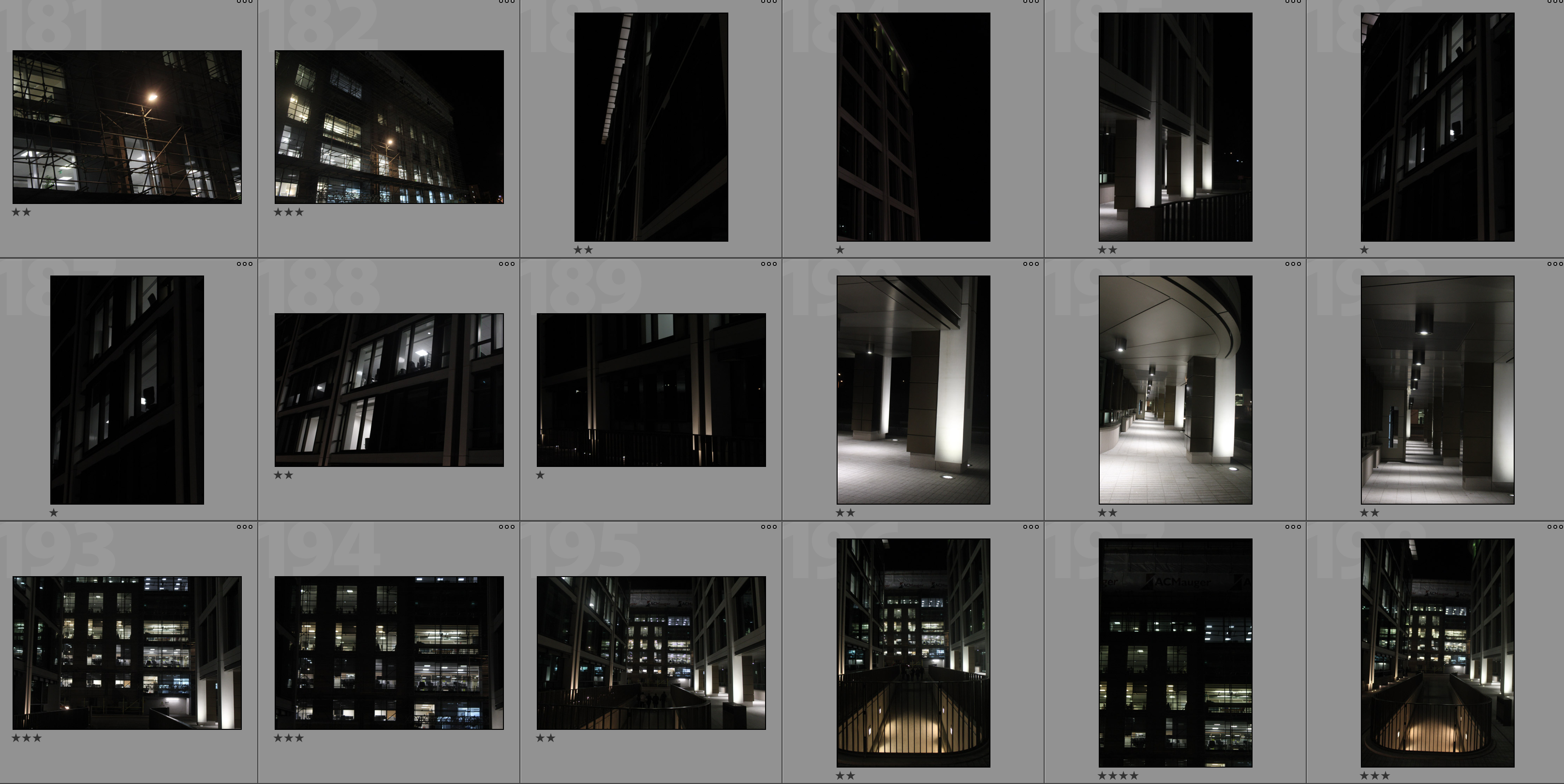
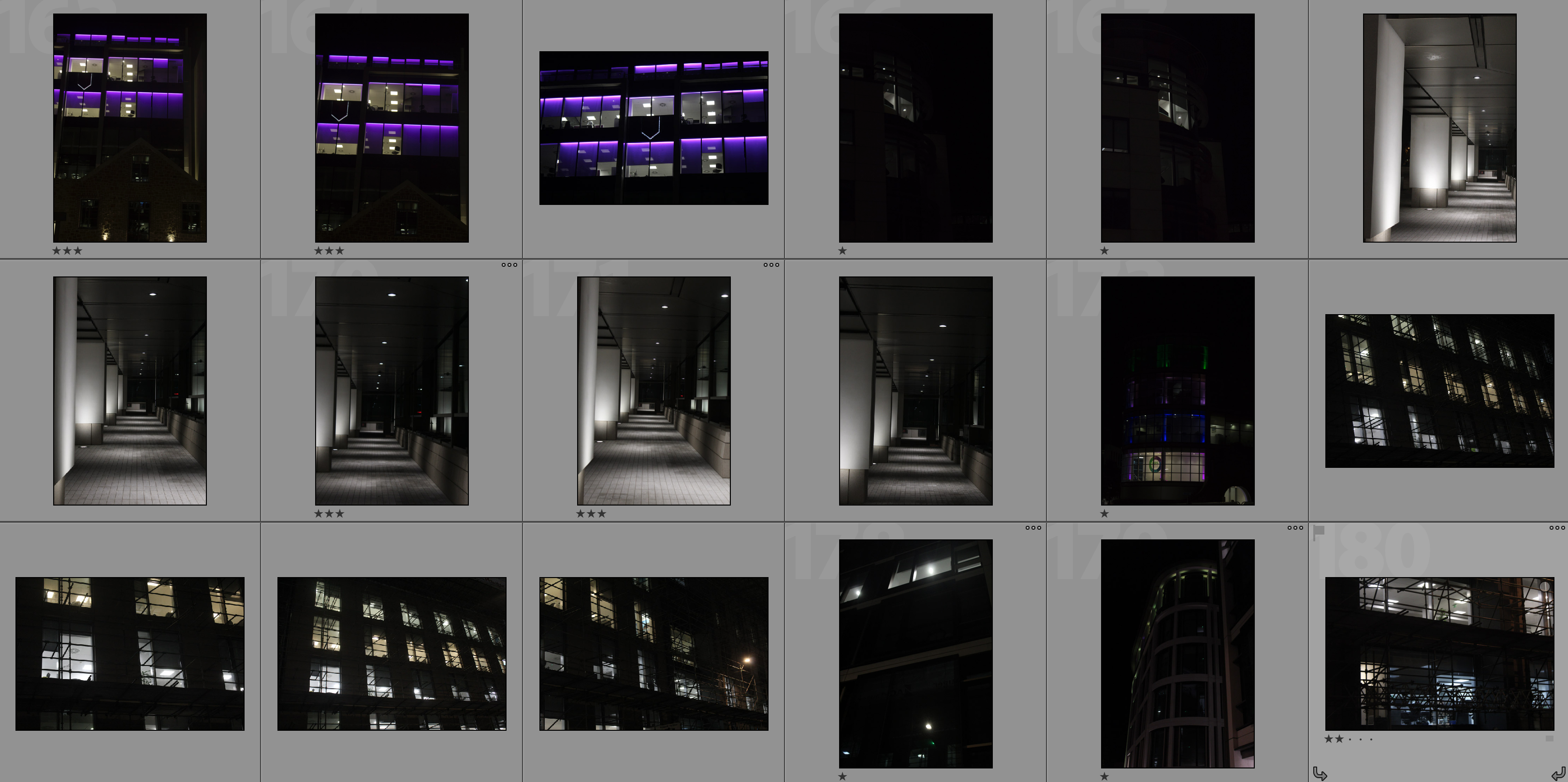
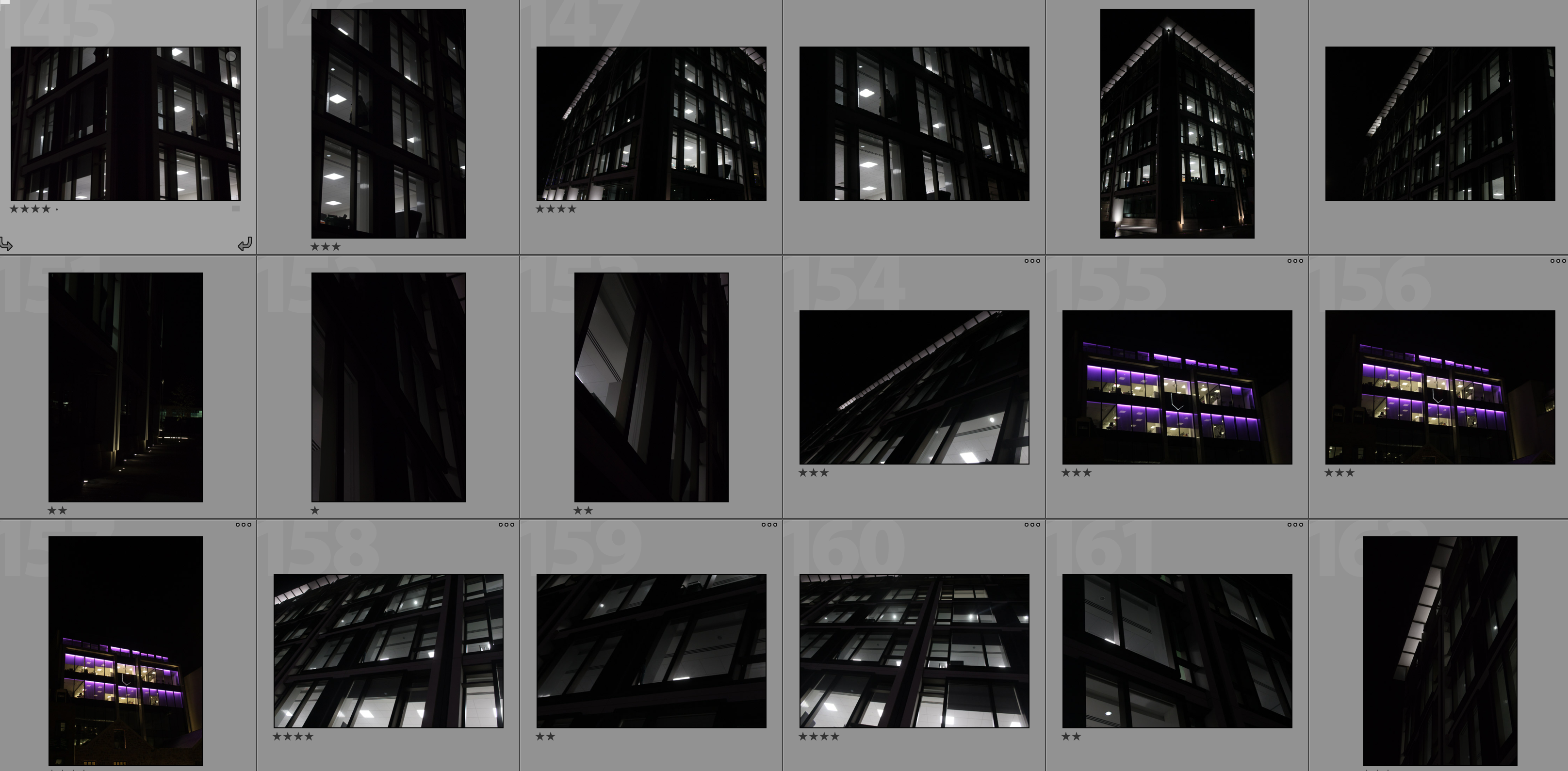
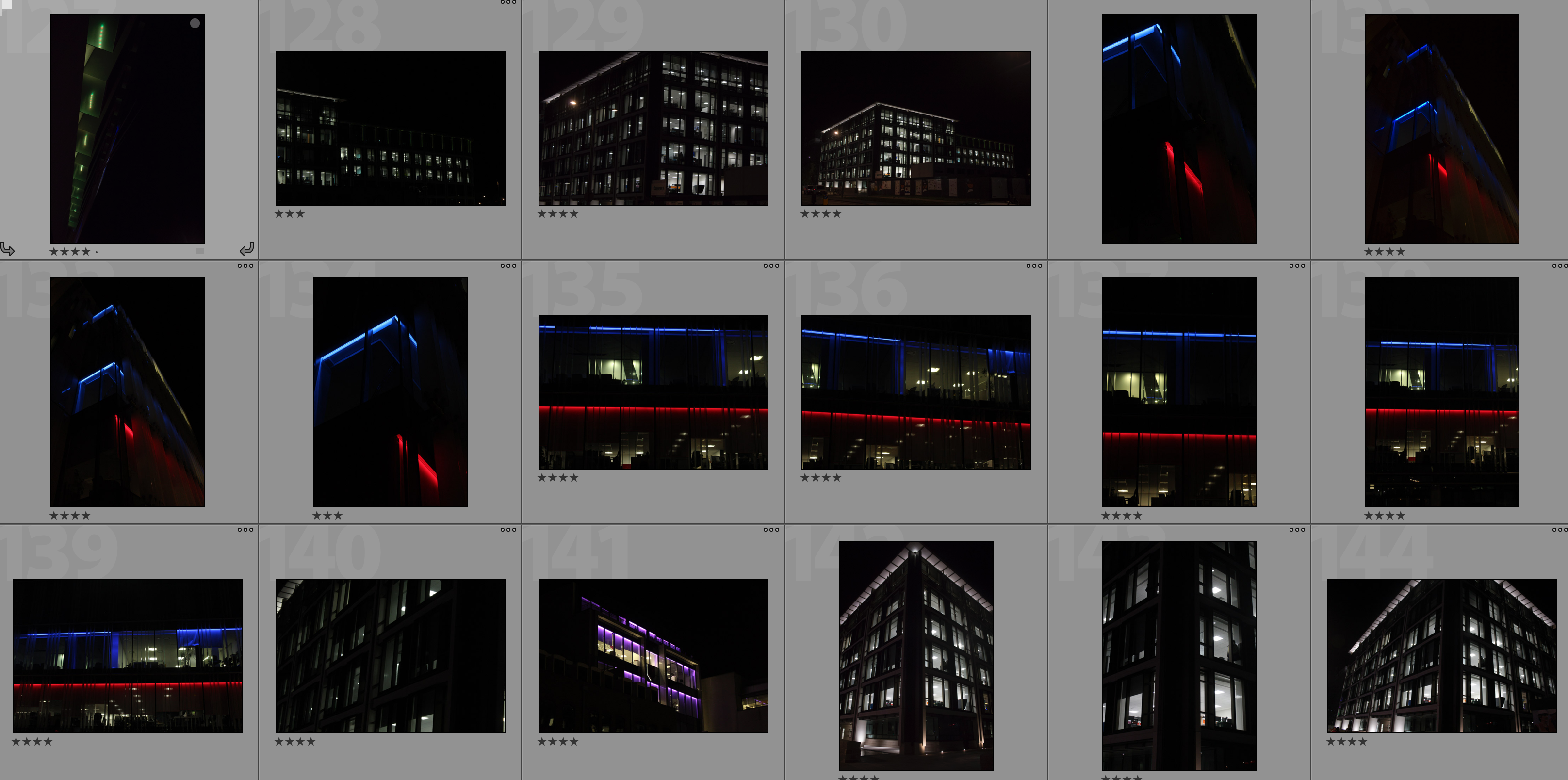

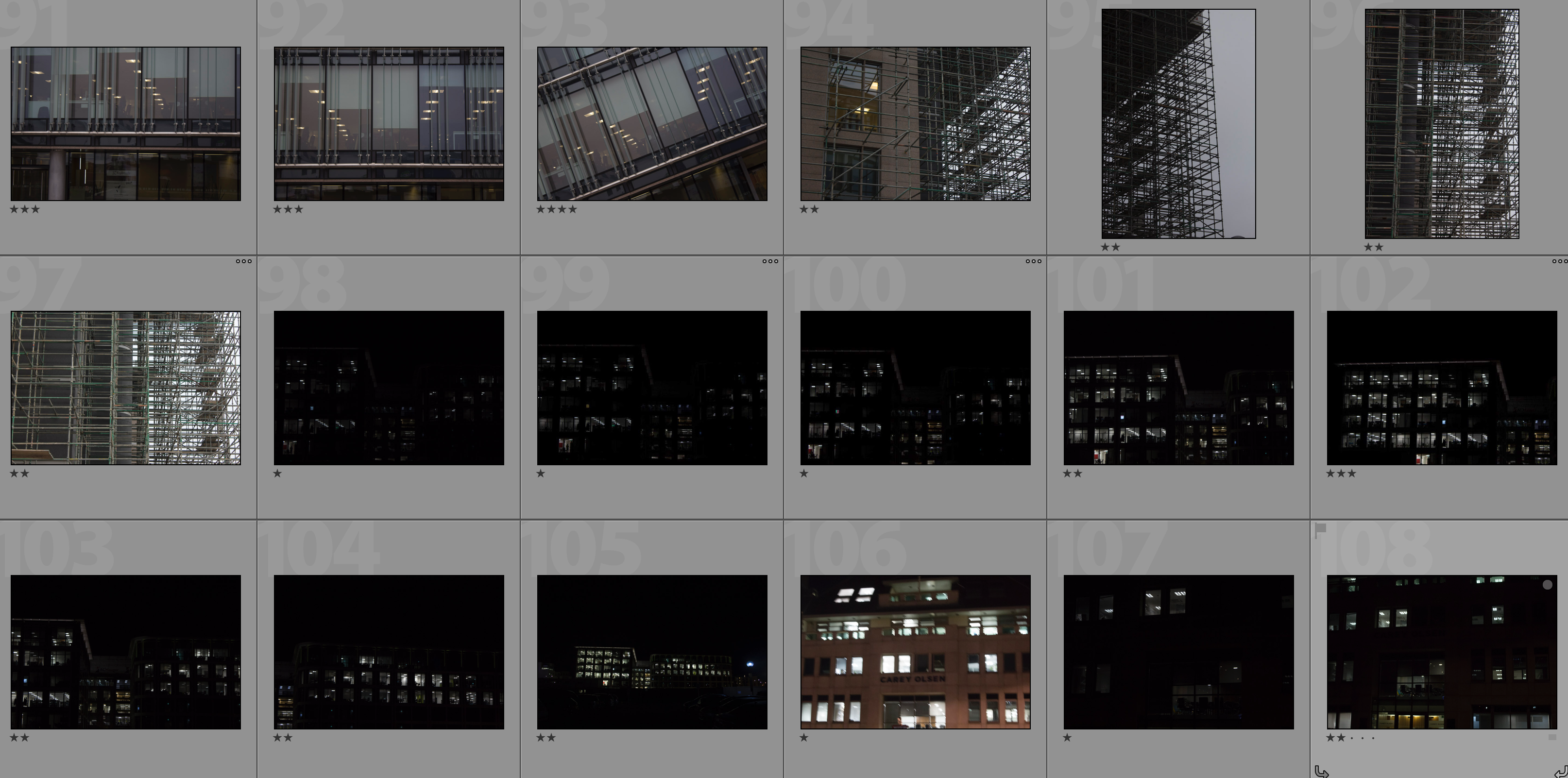

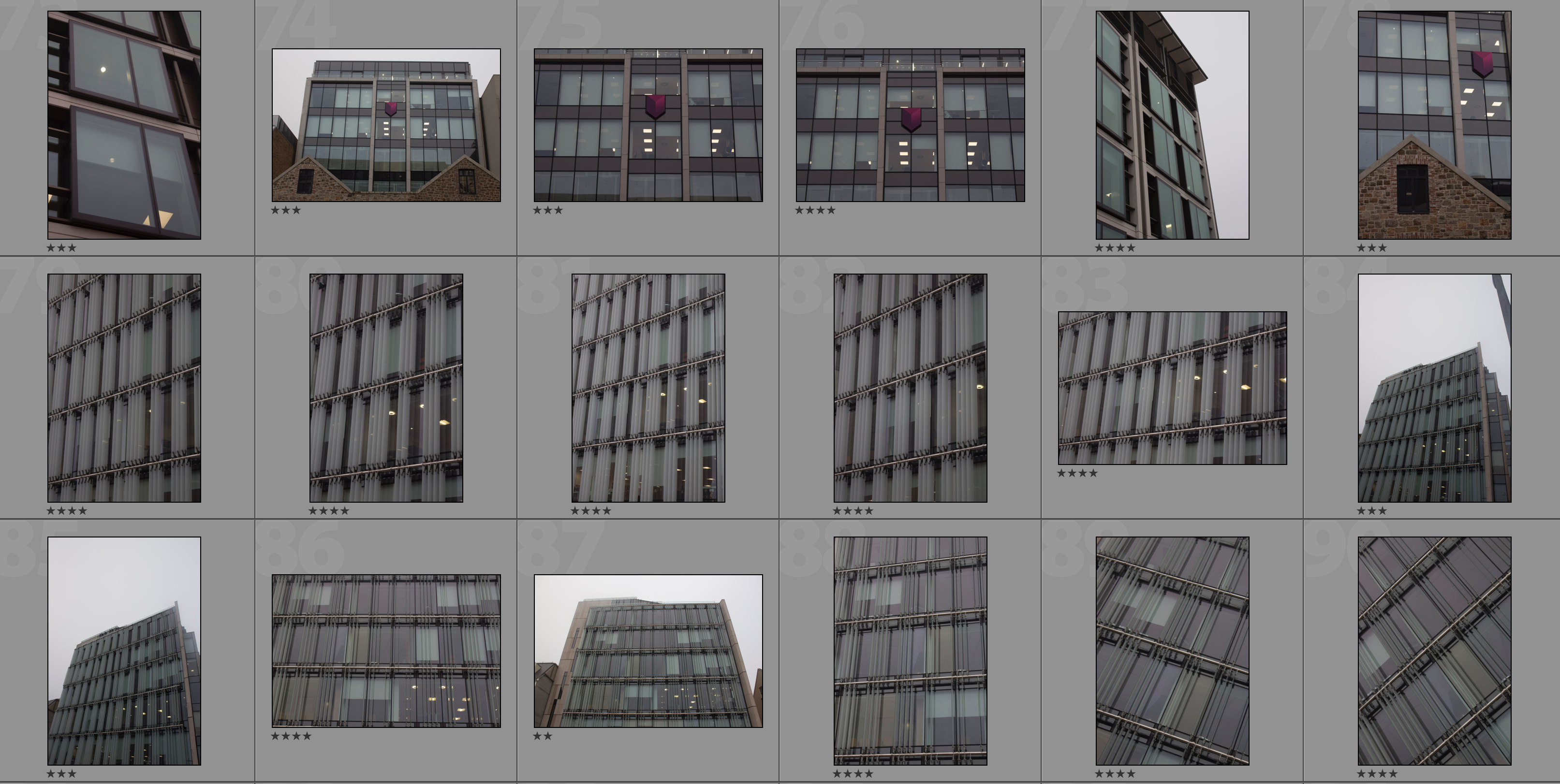
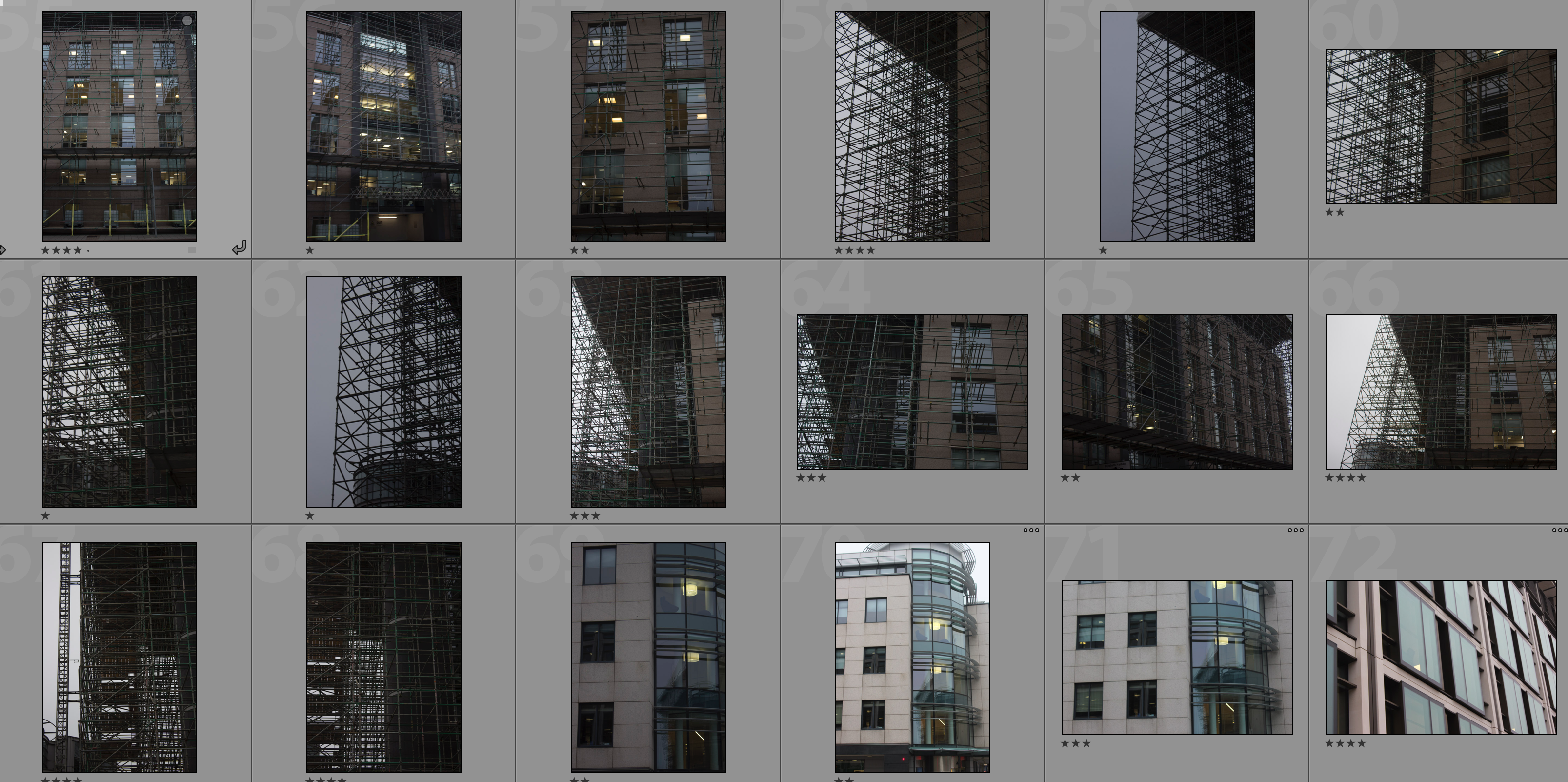
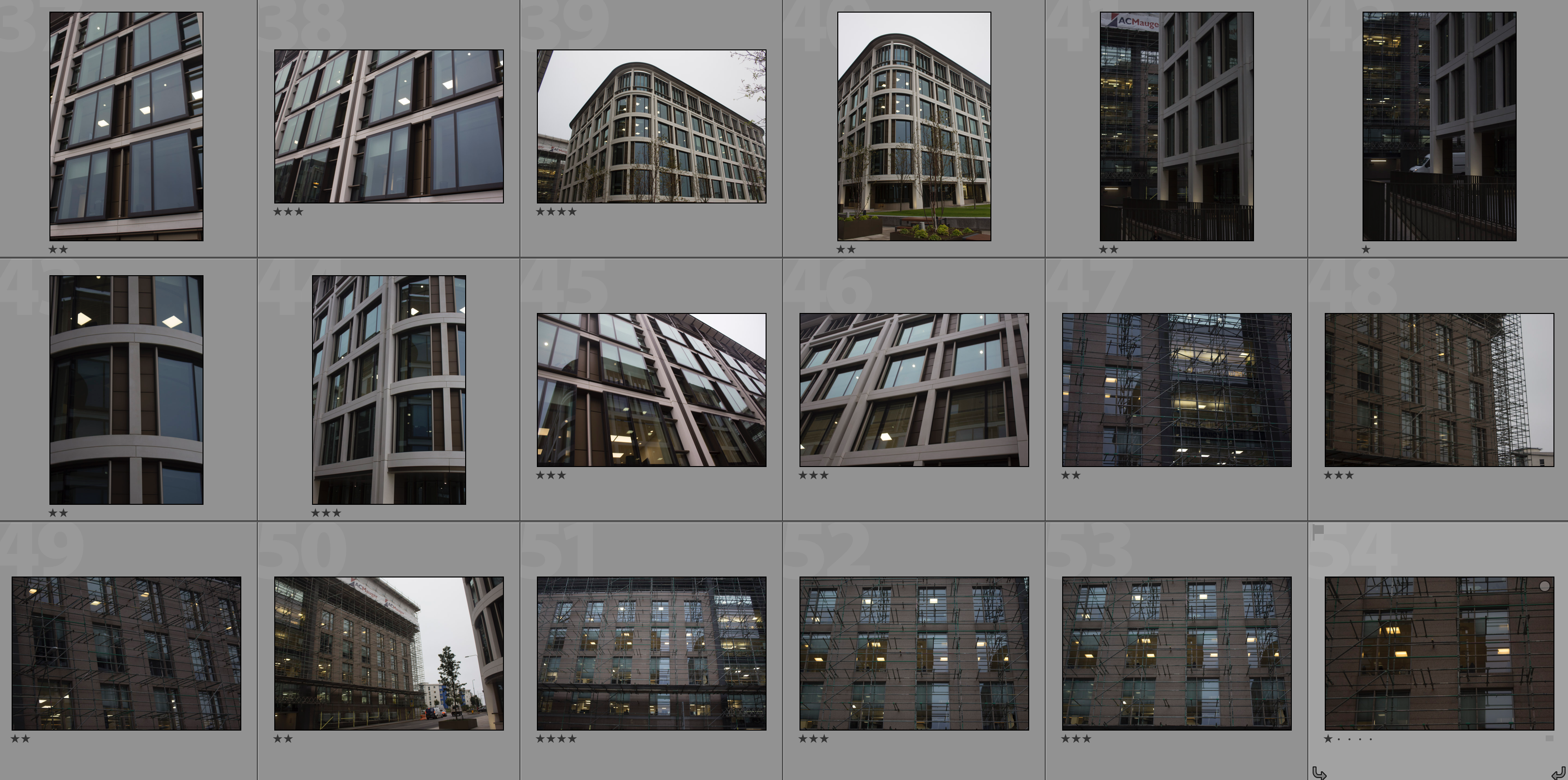
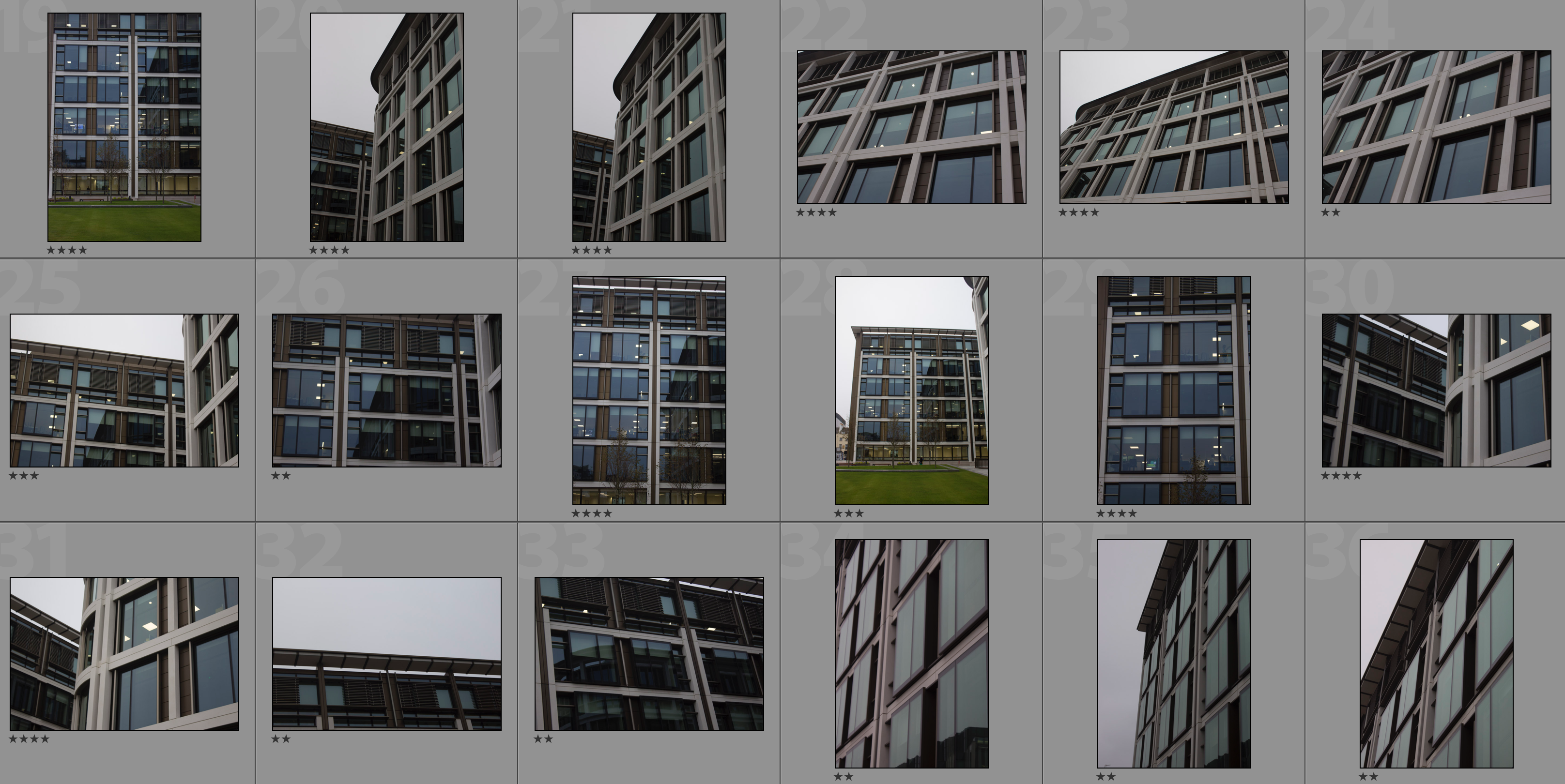
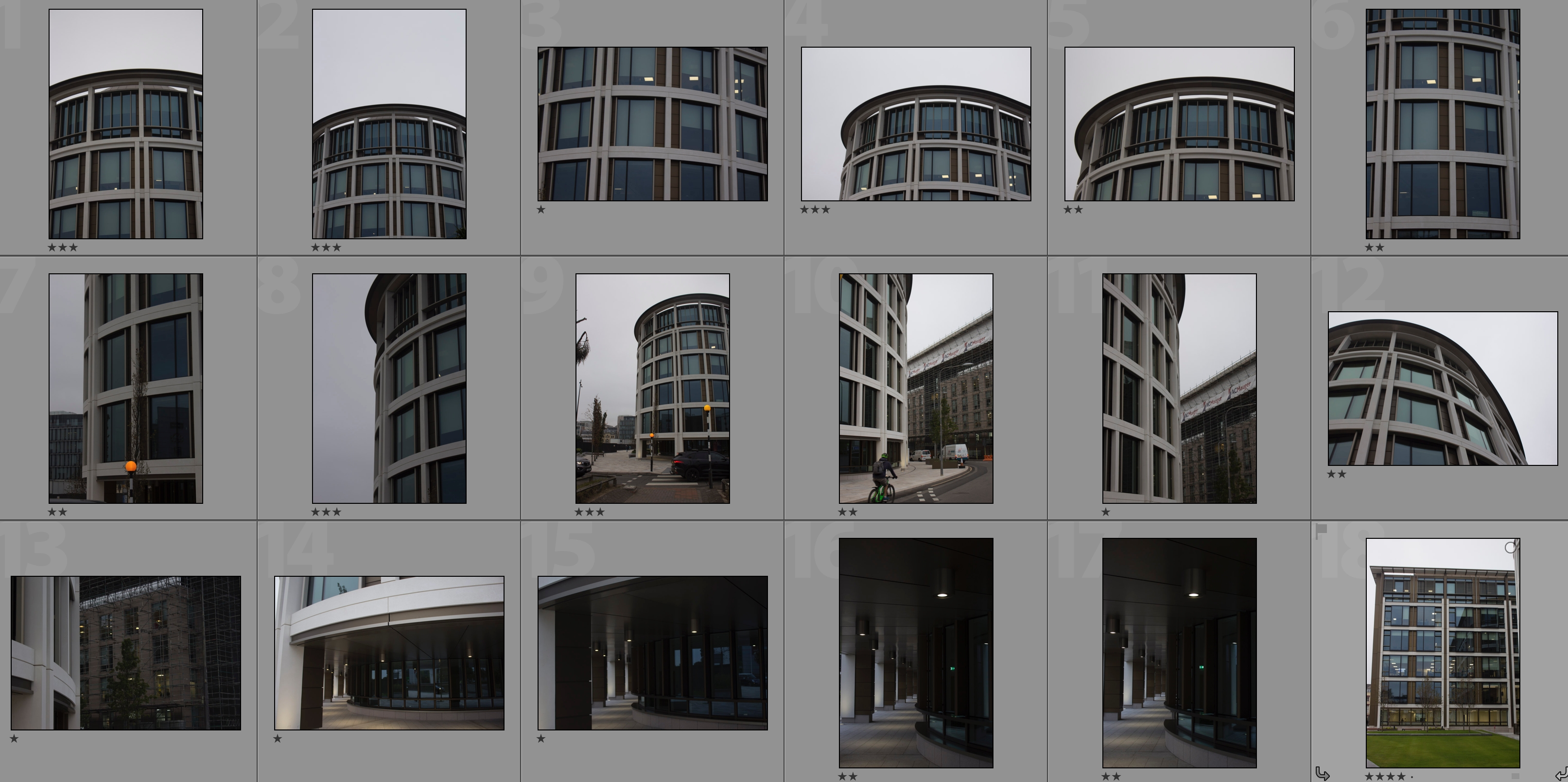


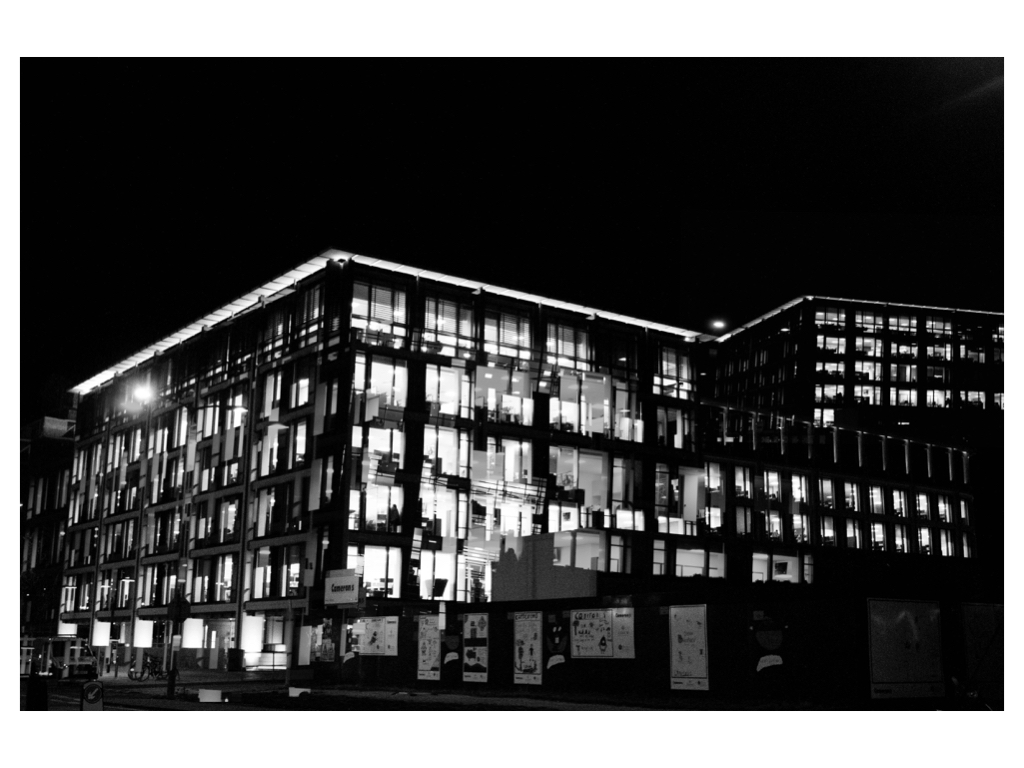
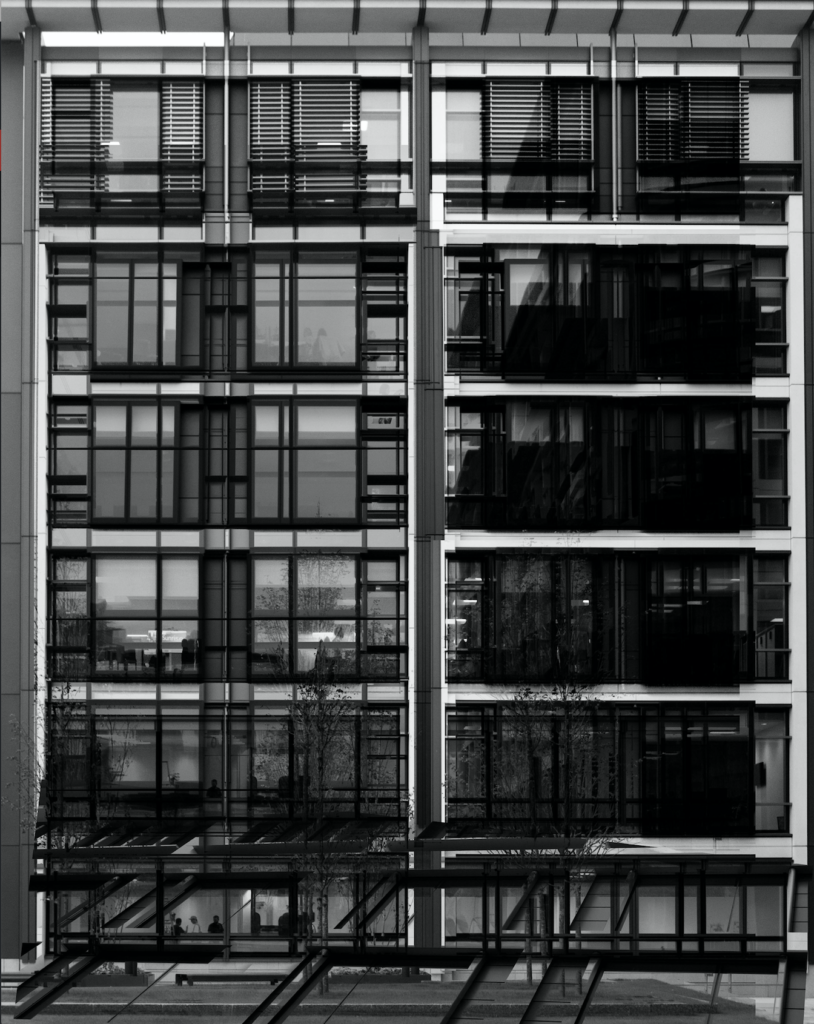
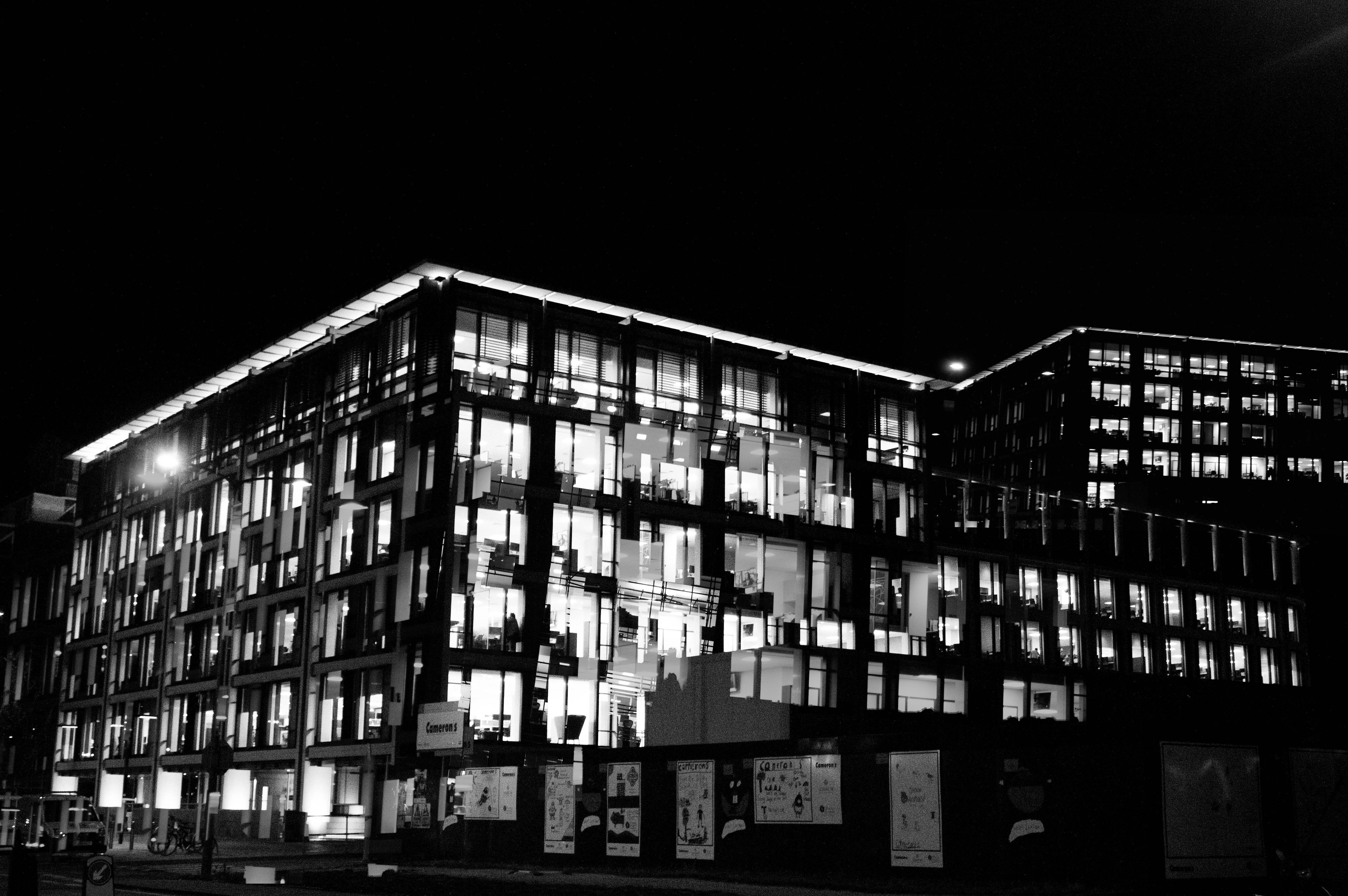
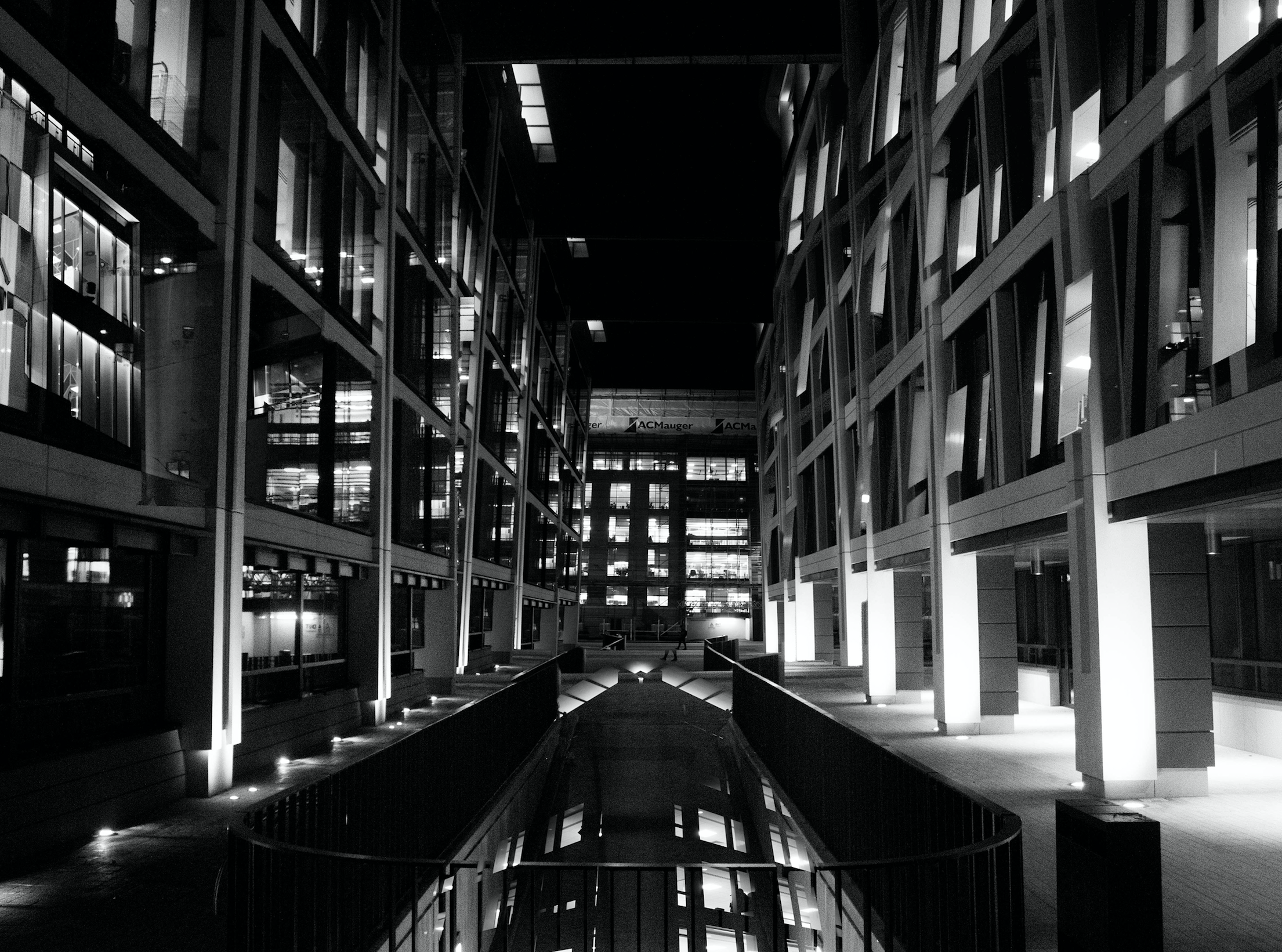

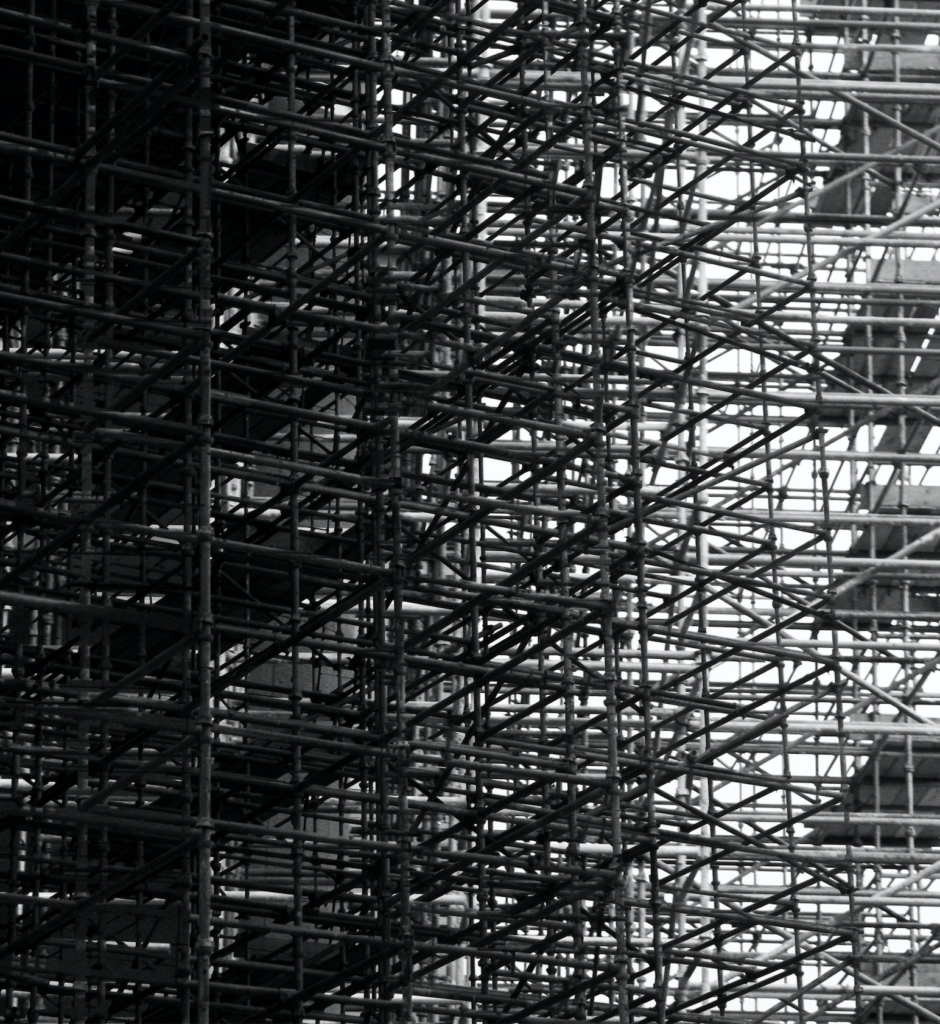
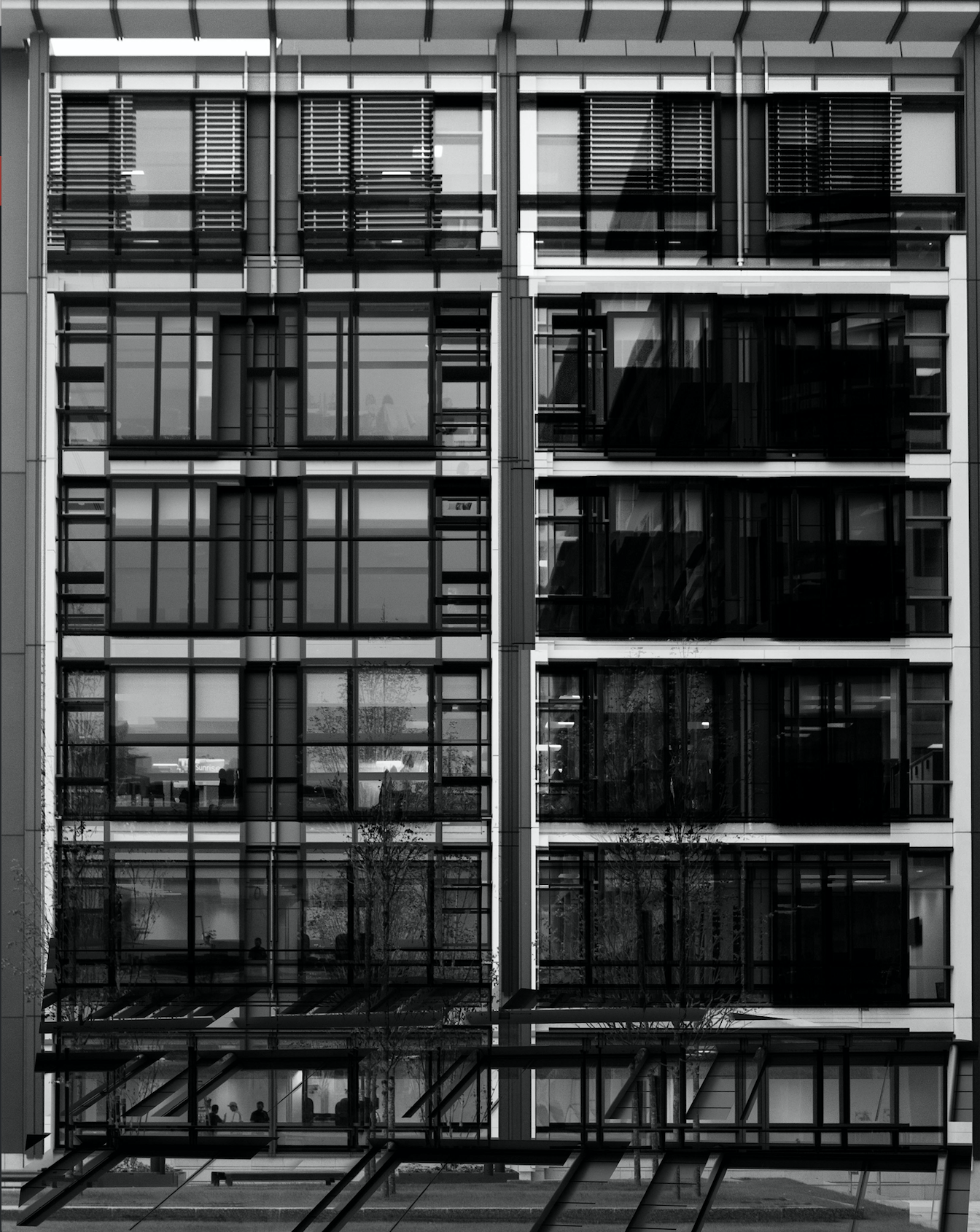
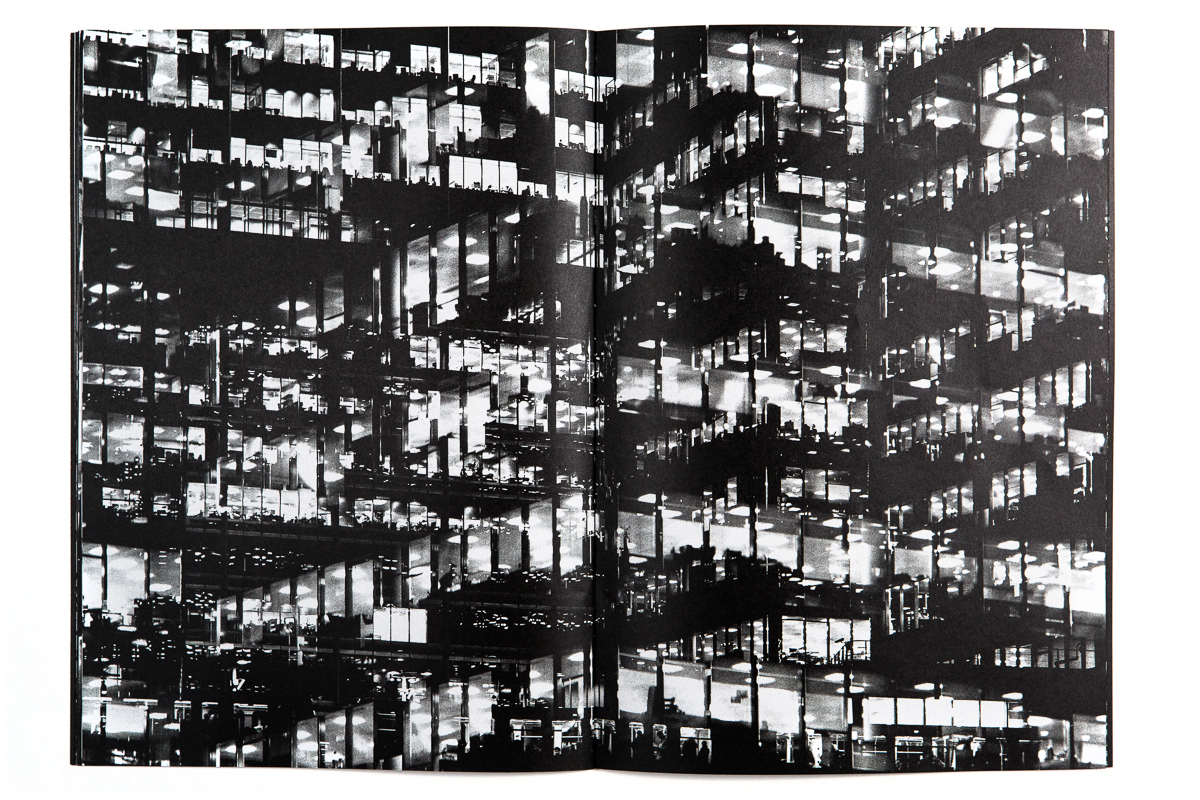 Lewis Bush (born 1988 in London) is a British photographer, writer, curator and educator. Bush studied history at the University of Warwick and gained a master’s degree in documentary photography from London College of Communication, where he lectures on photojournalism and documentary photography. In his work bush seeks to draw attention to forms of invisible power that operate in the world – such as finance. Bush has the standpoint that ‘power is always problematic because it’s natural resting state is arbitrary and untransparent’. Bush’s projects tend to incorporate writing and he has written about photography for a range of national and international print and web titles.
Lewis Bush (born 1988 in London) is a British photographer, writer, curator and educator. Bush studied history at the University of Warwick and gained a master’s degree in documentary photography from London College of Communication, where he lectures on photojournalism and documentary photography. In his work bush seeks to draw attention to forms of invisible power that operate in the world – such as finance. Bush has the standpoint that ‘power is always problematic because it’s natural resting state is arbitrary and untransparent’. Bush’s projects tend to incorporate writing and he has written about photography for a range of national and international print and web titles.
